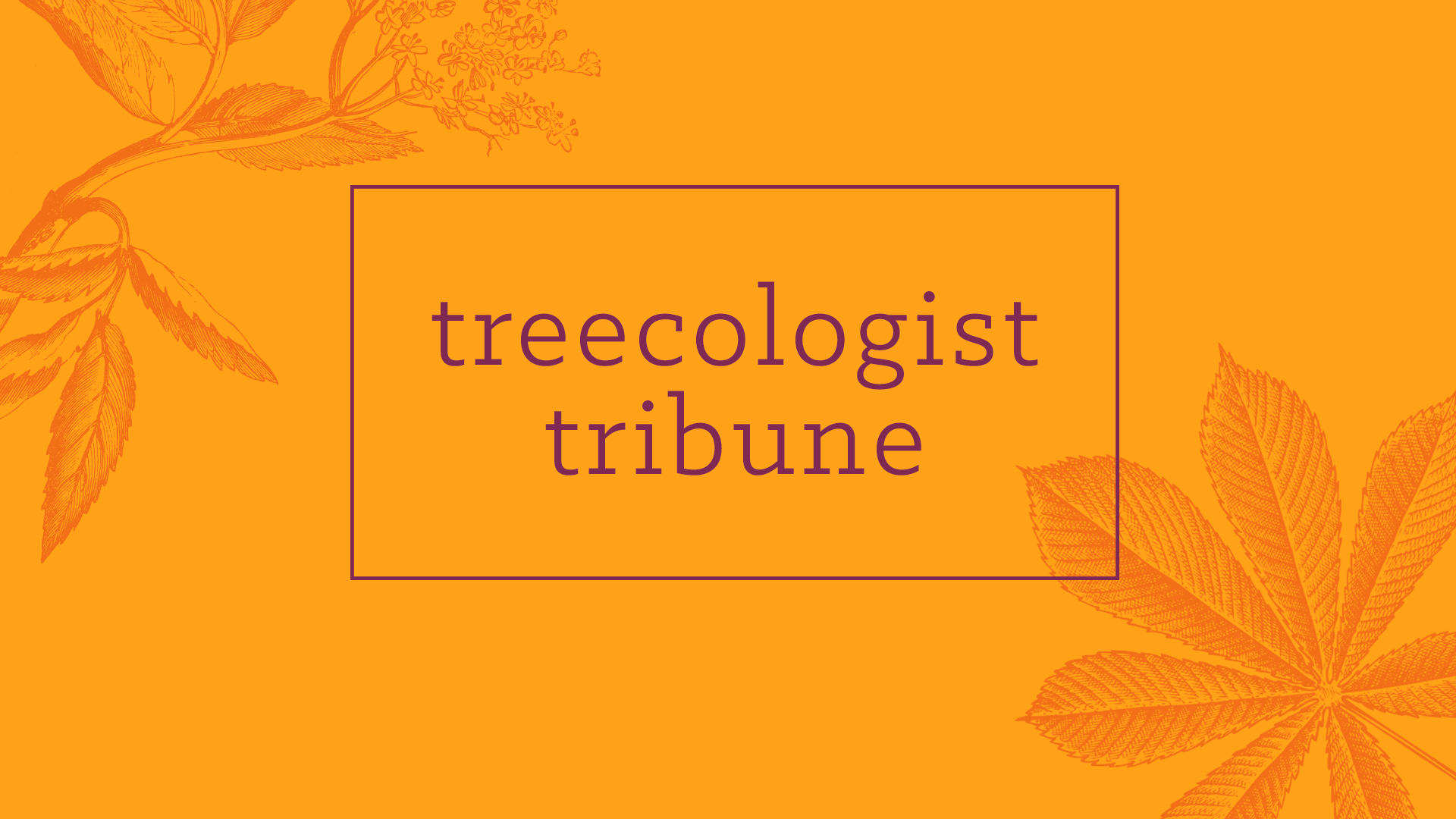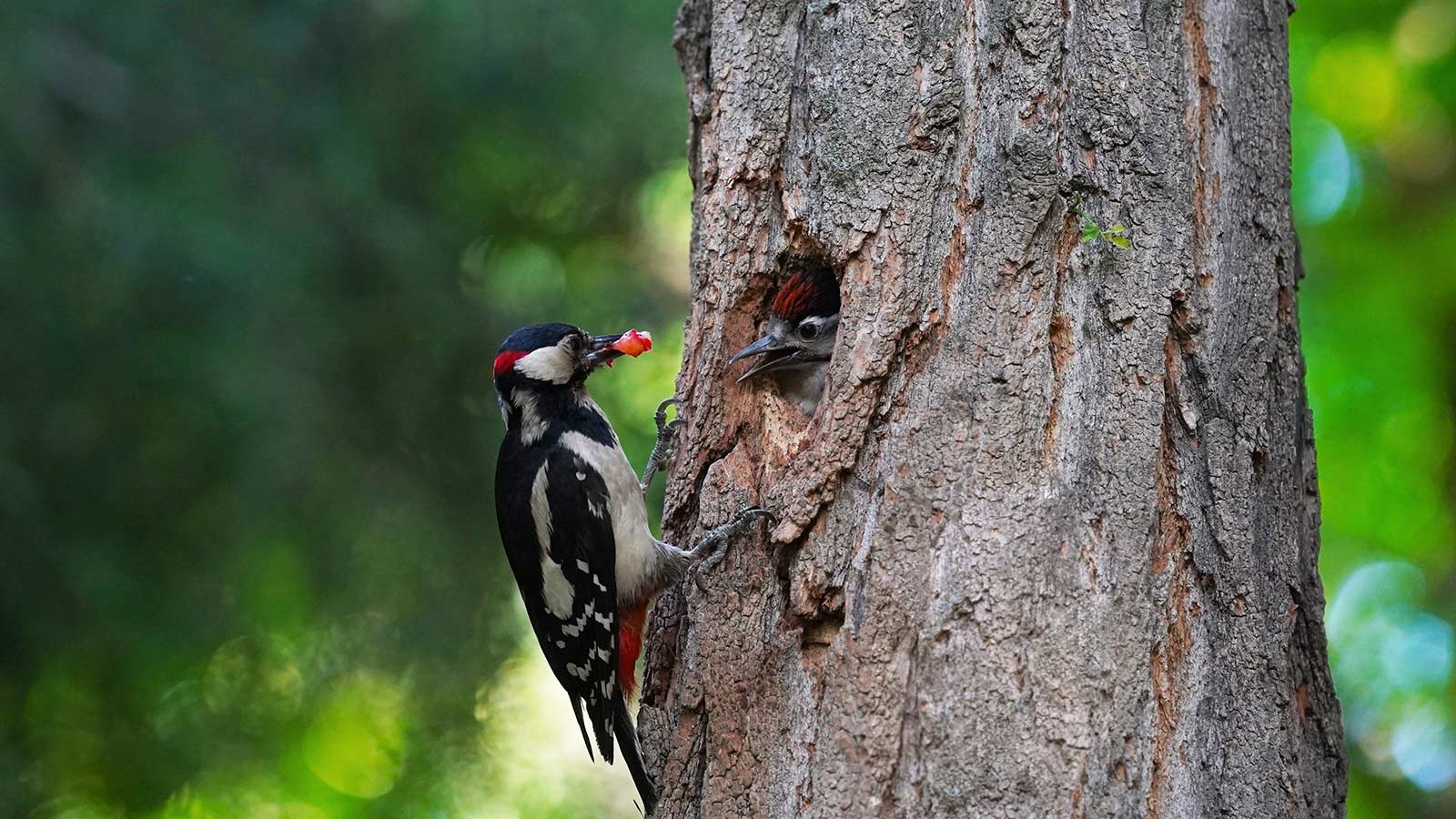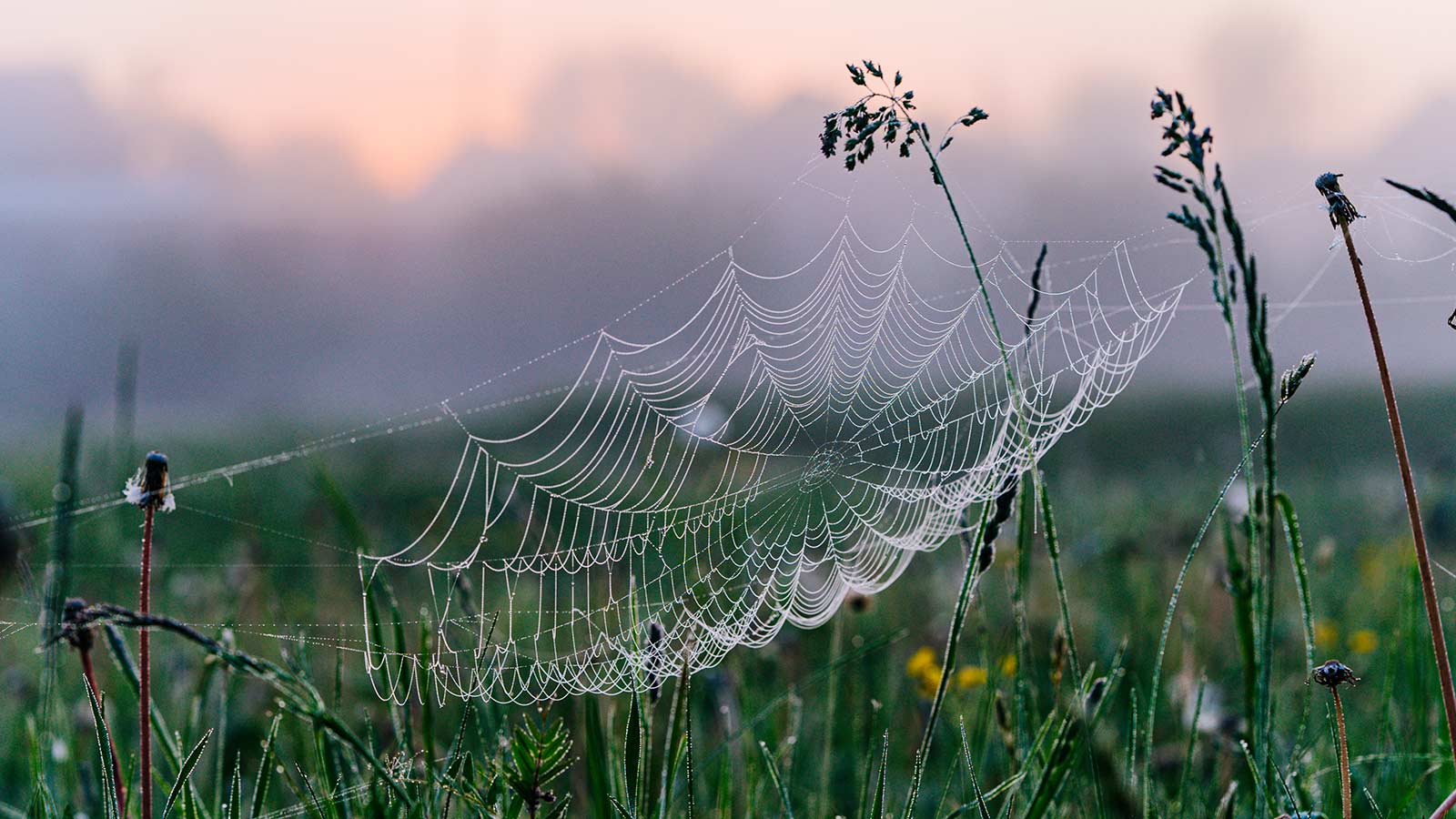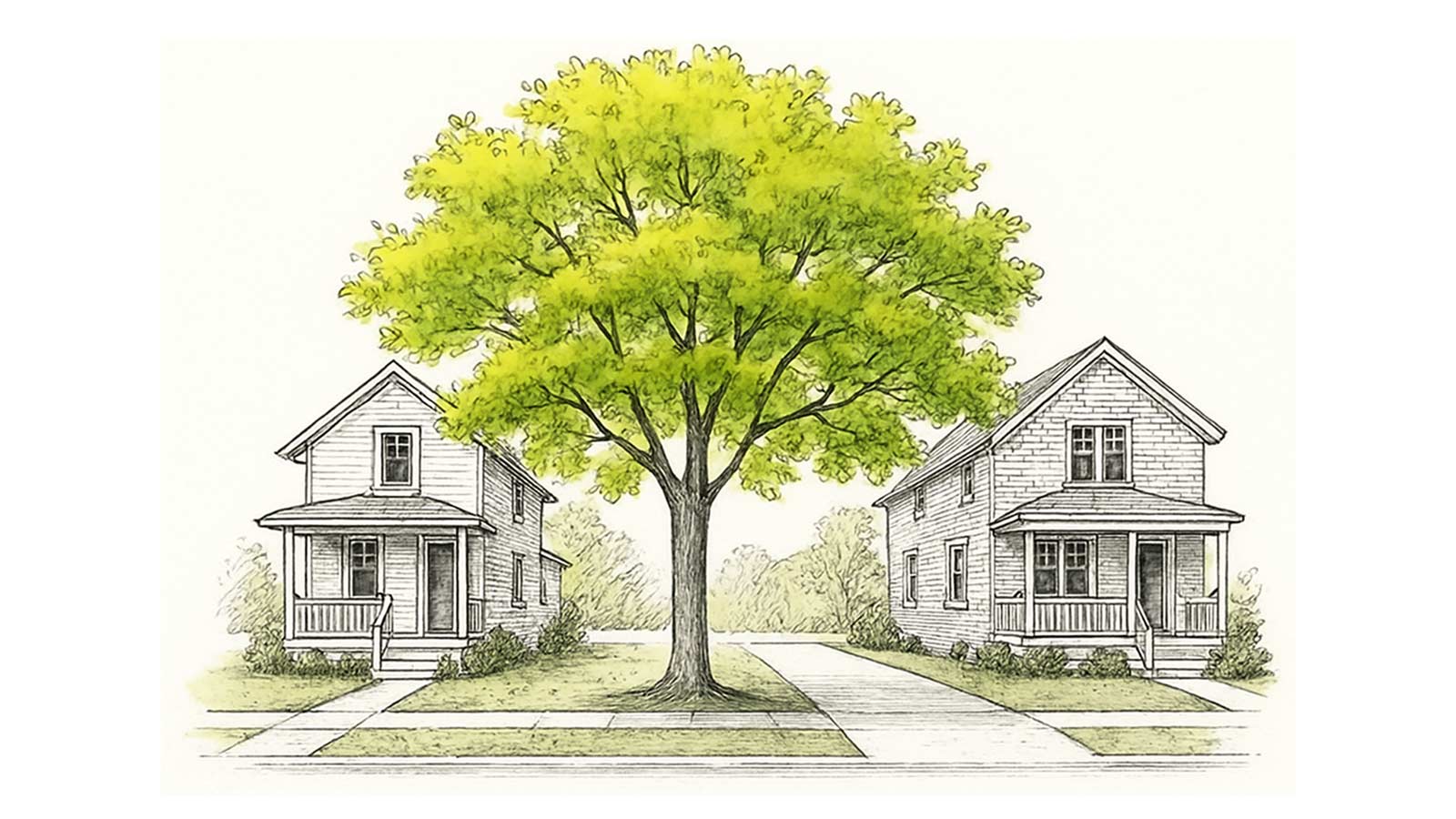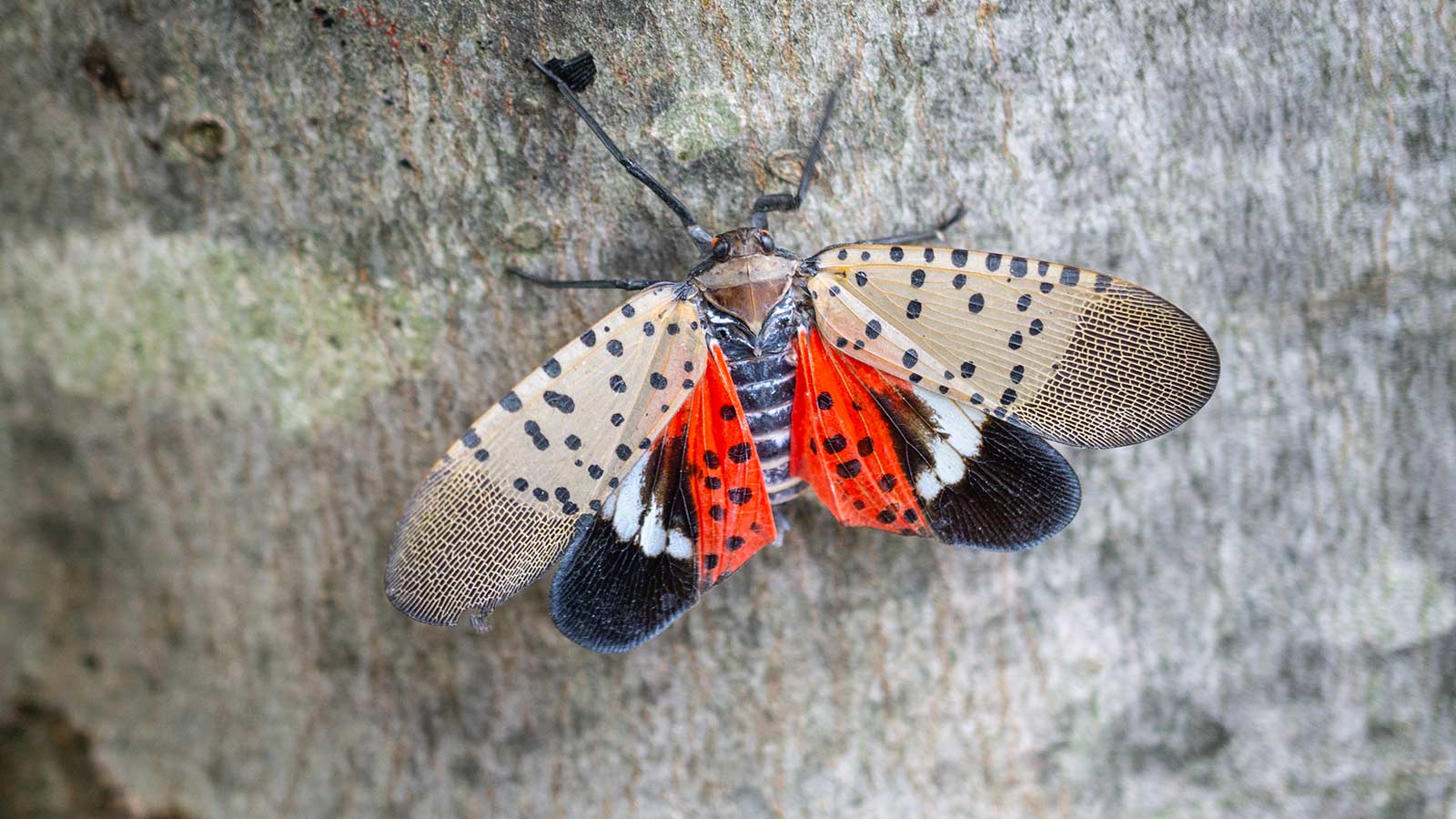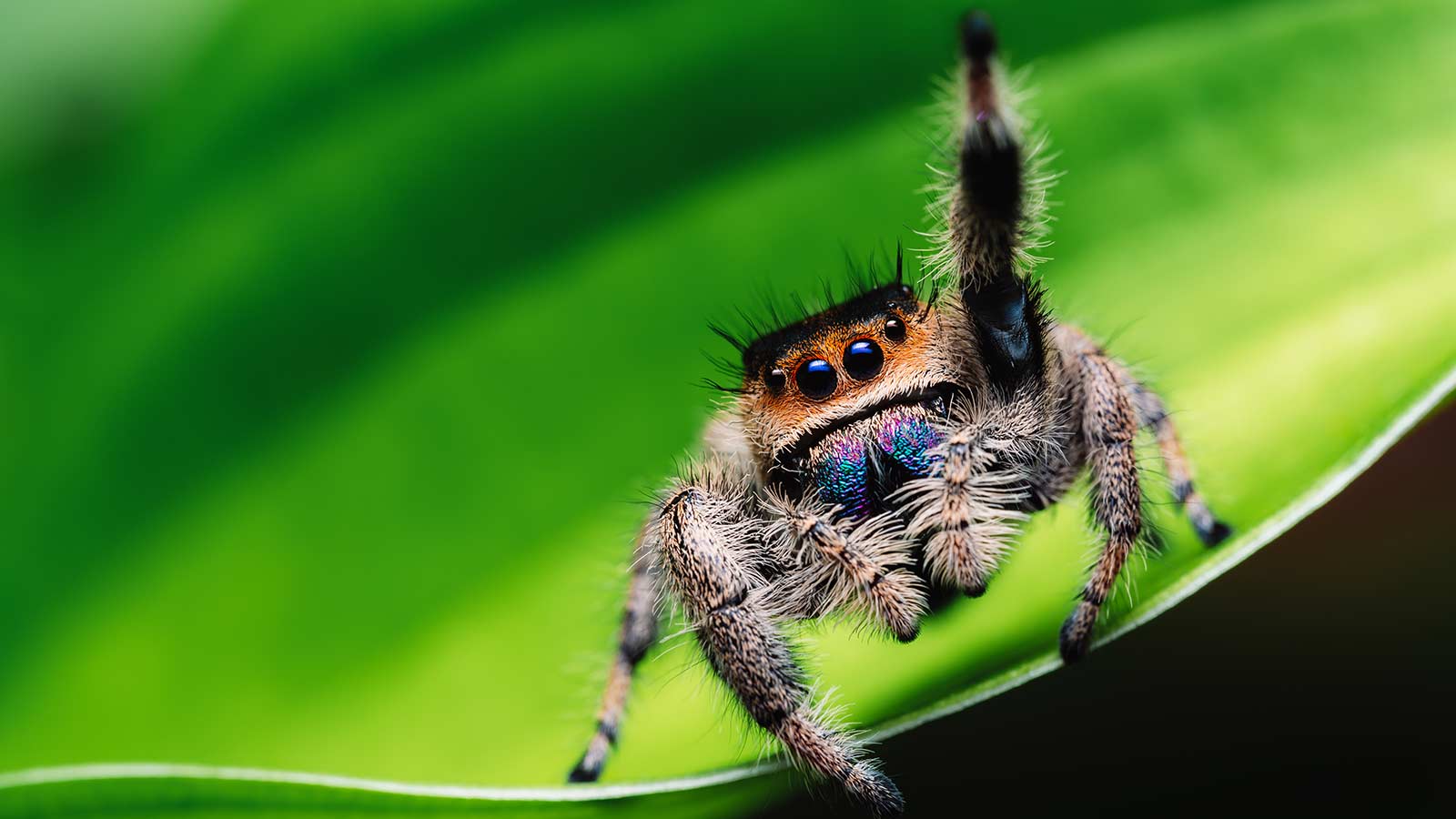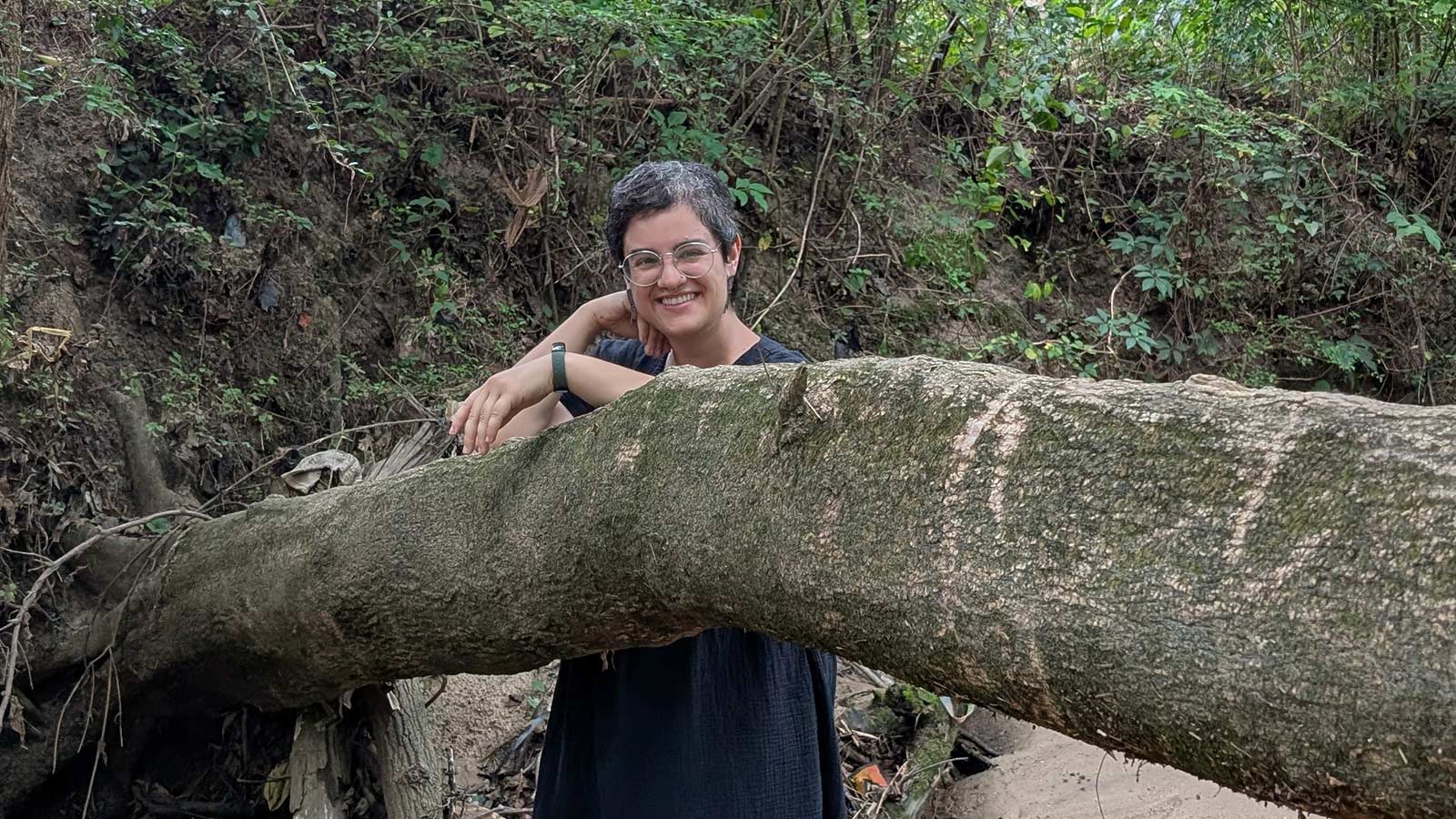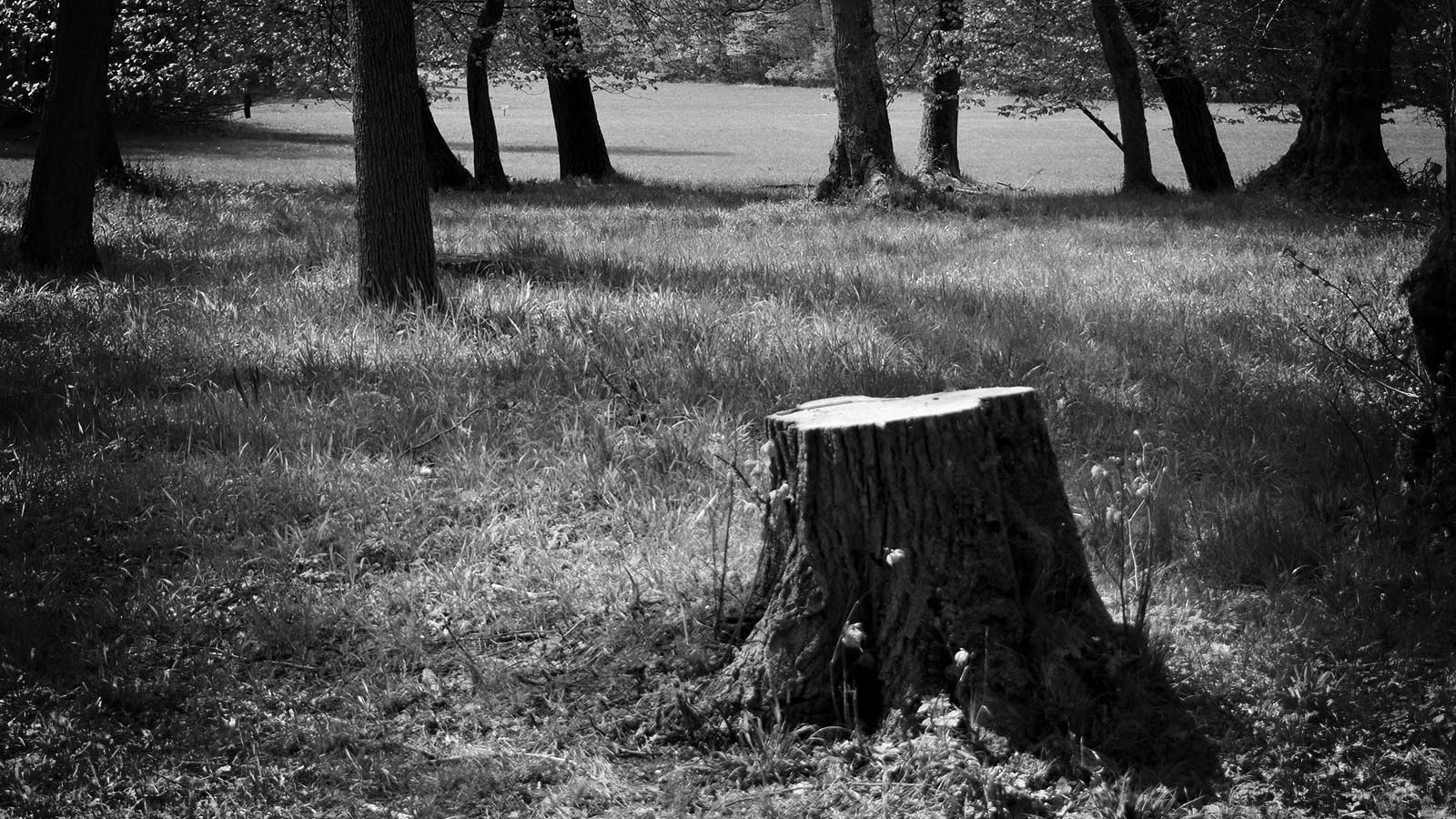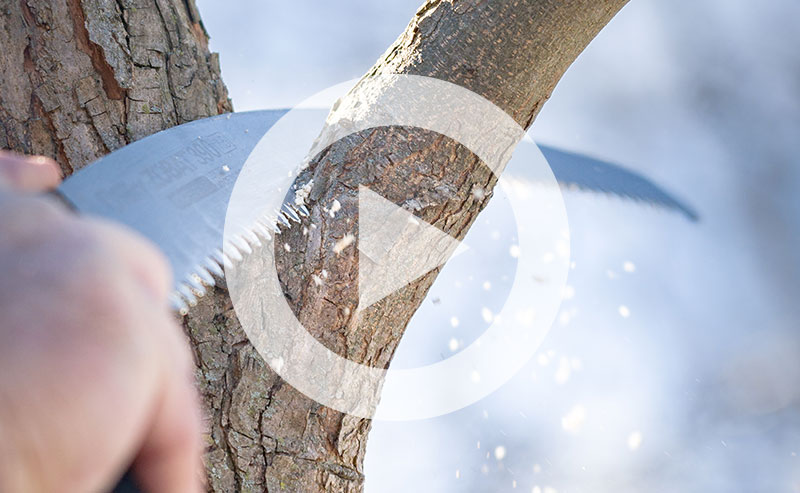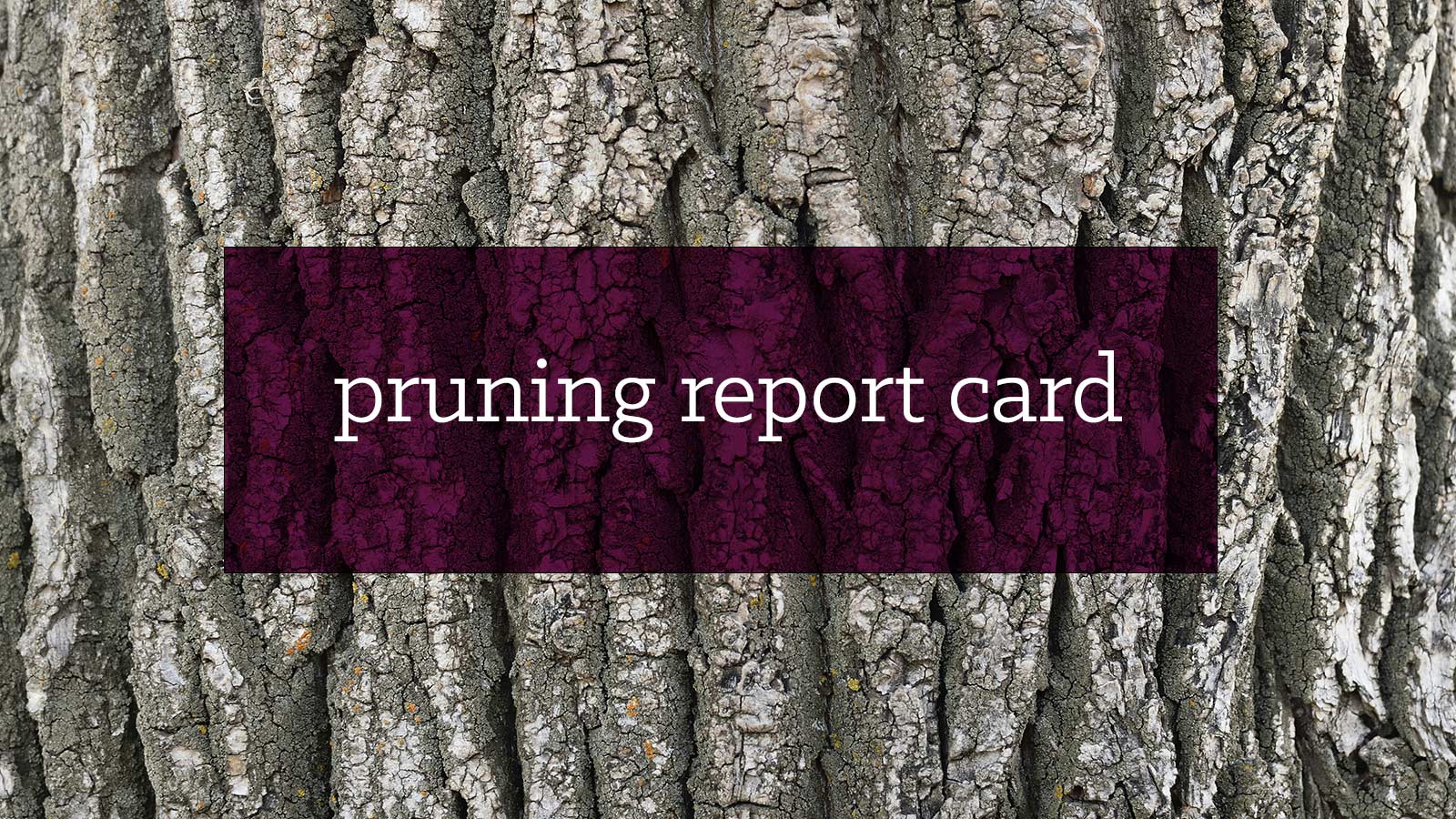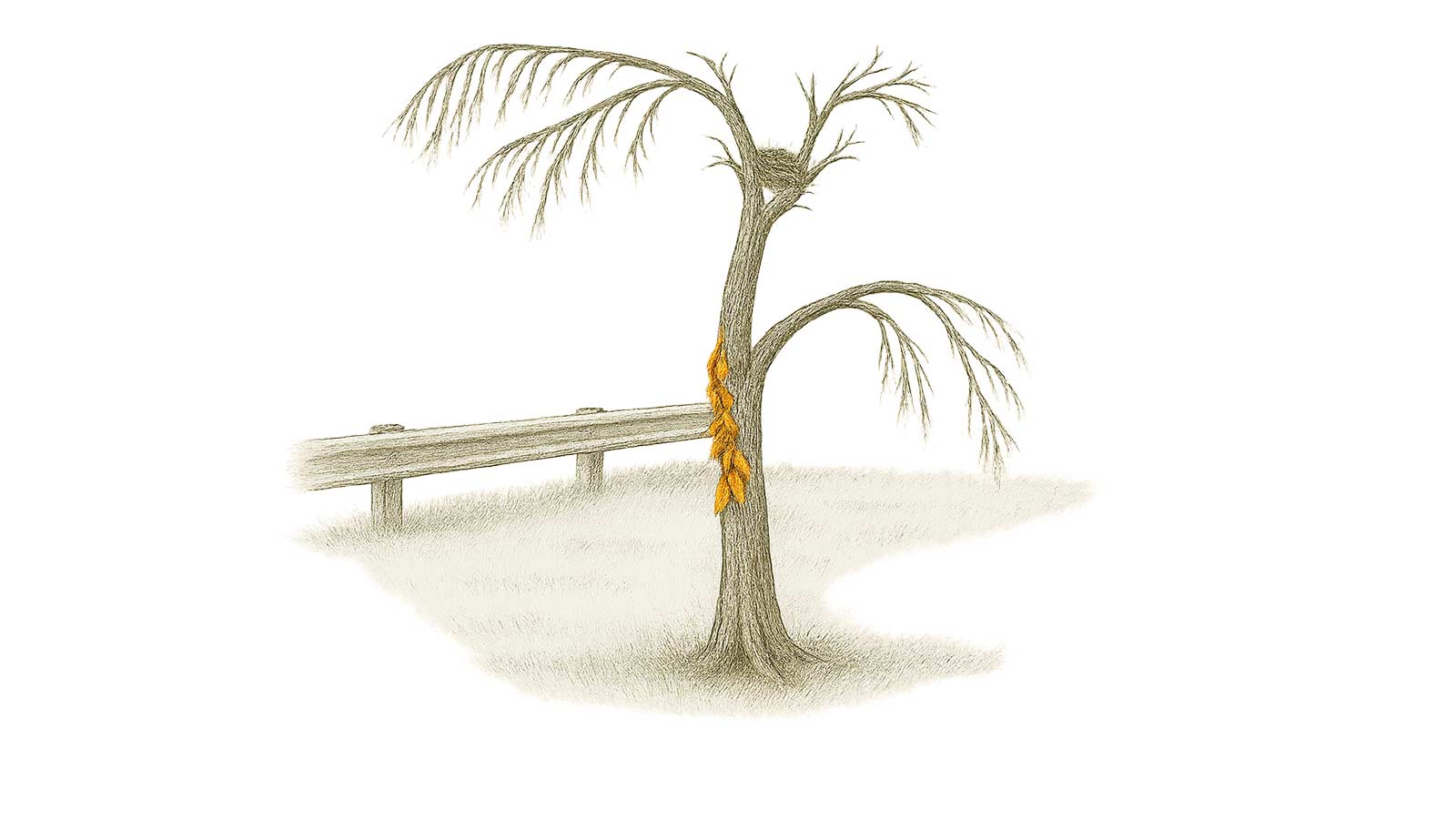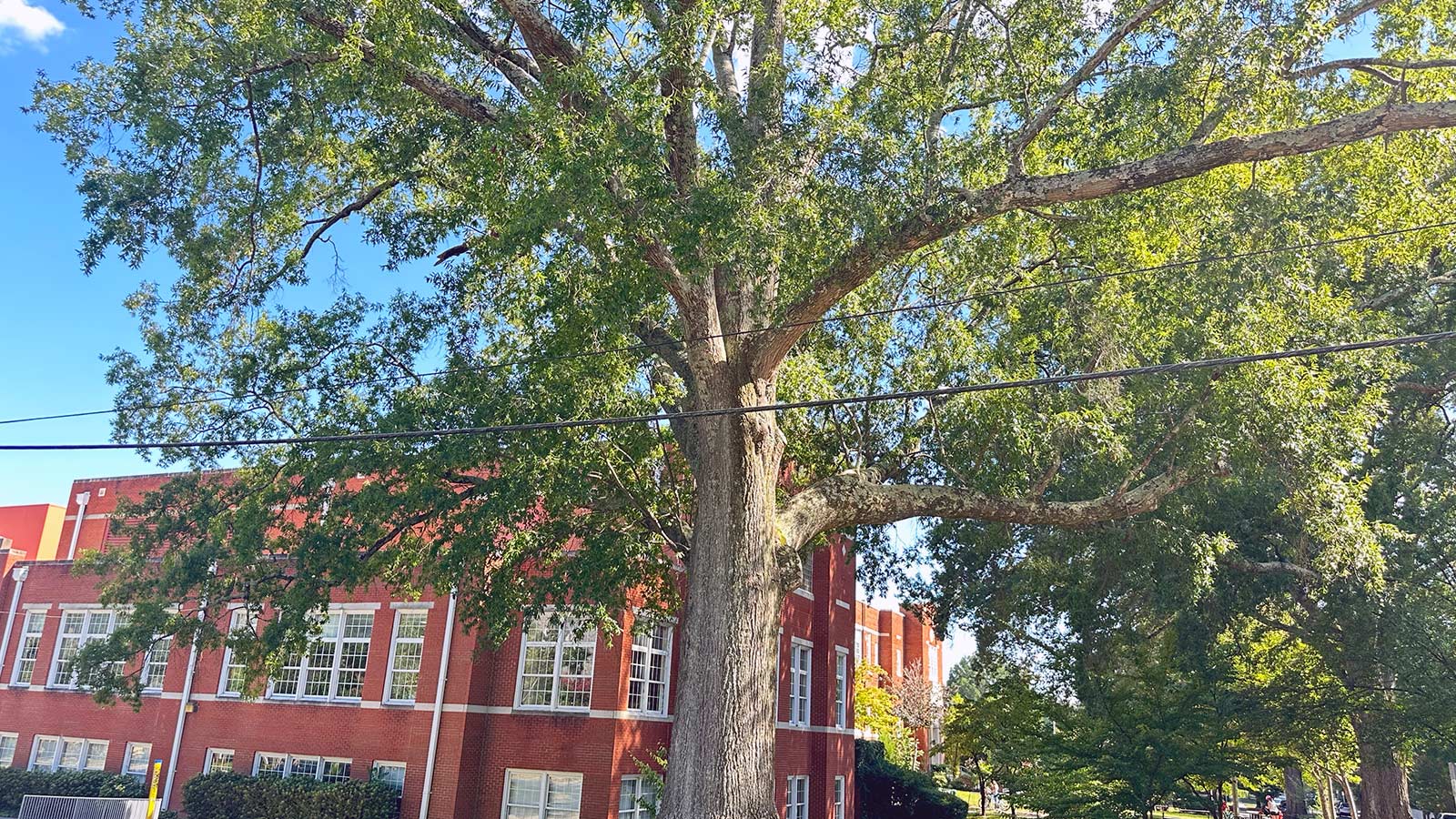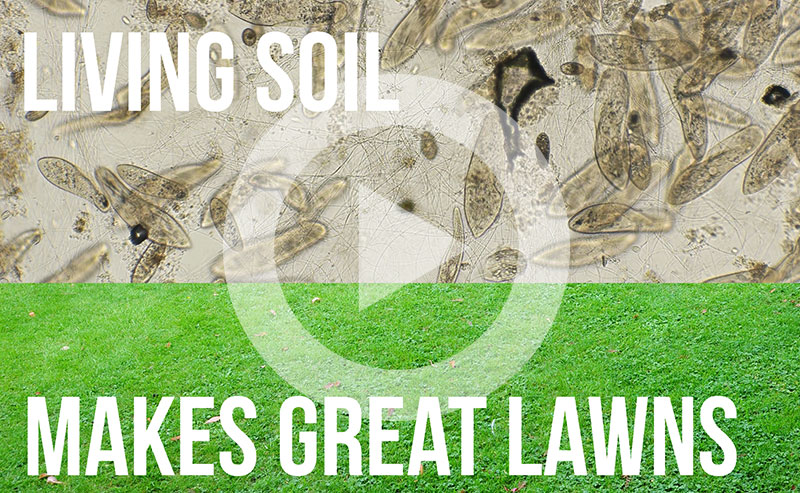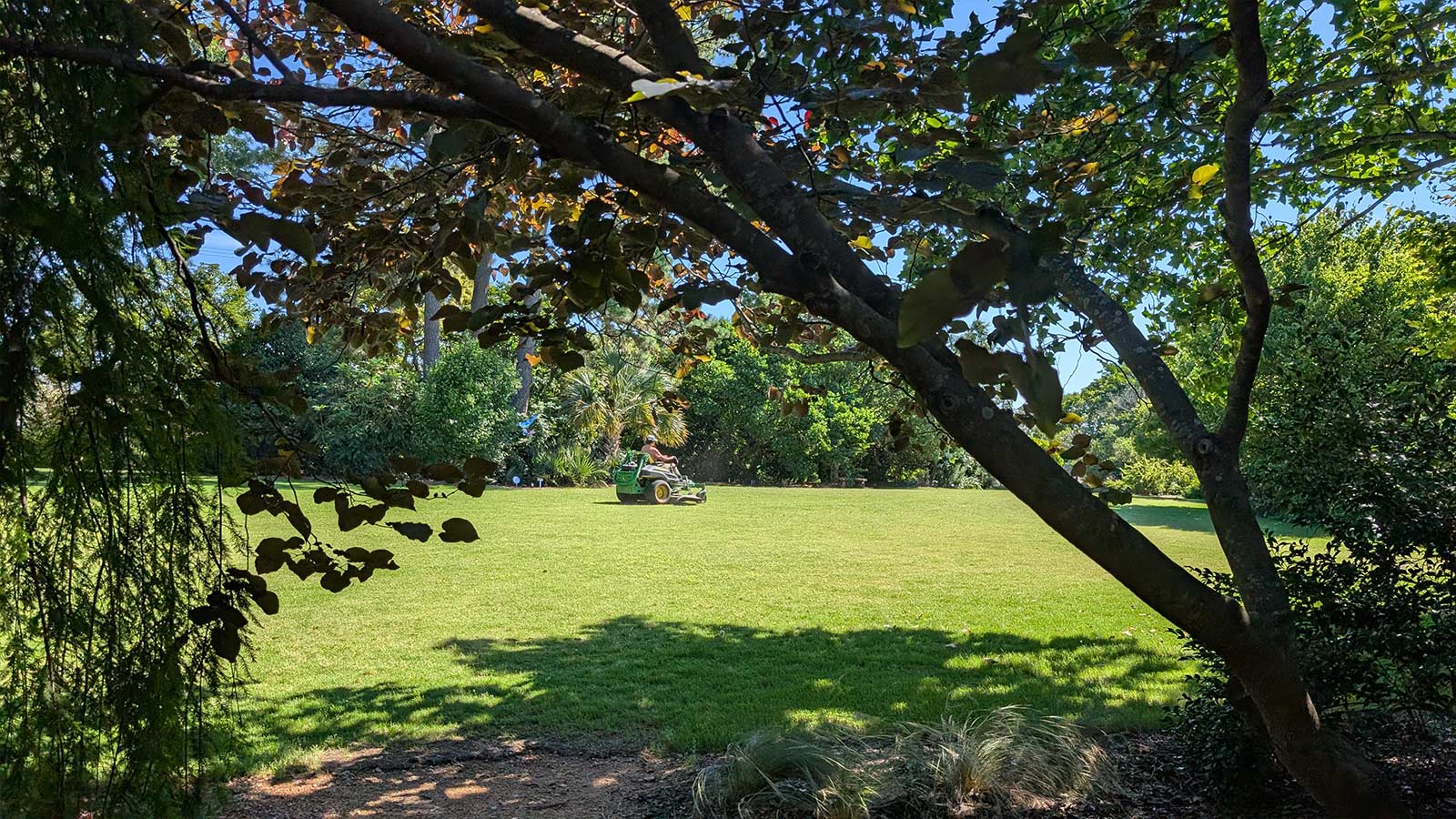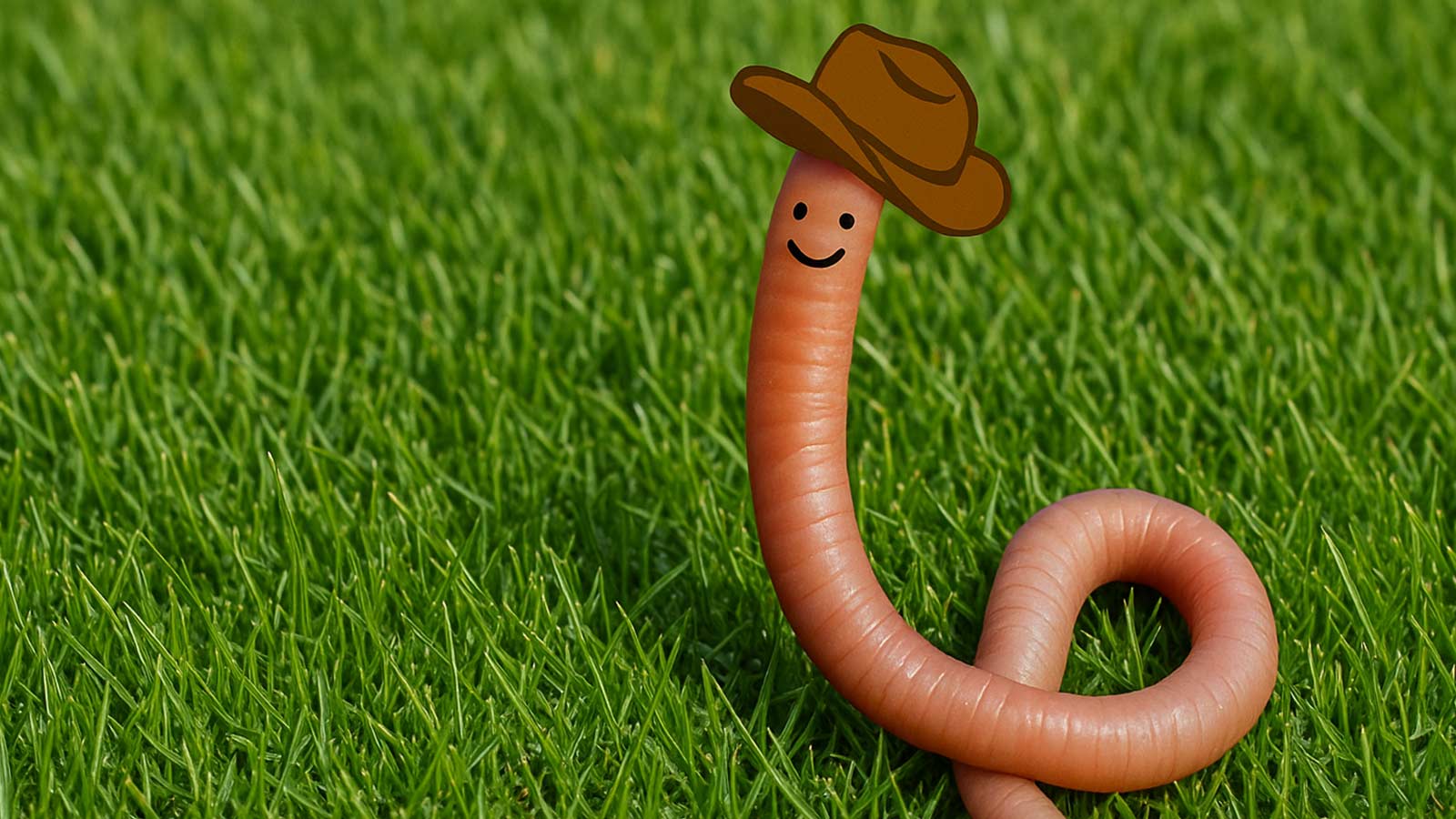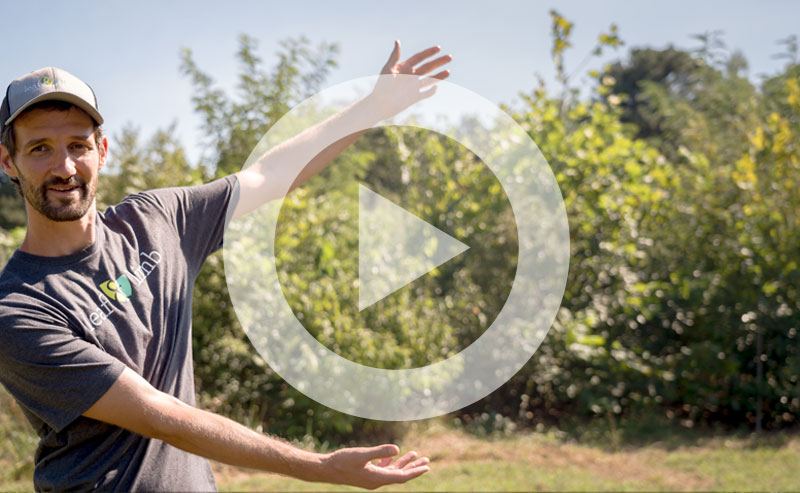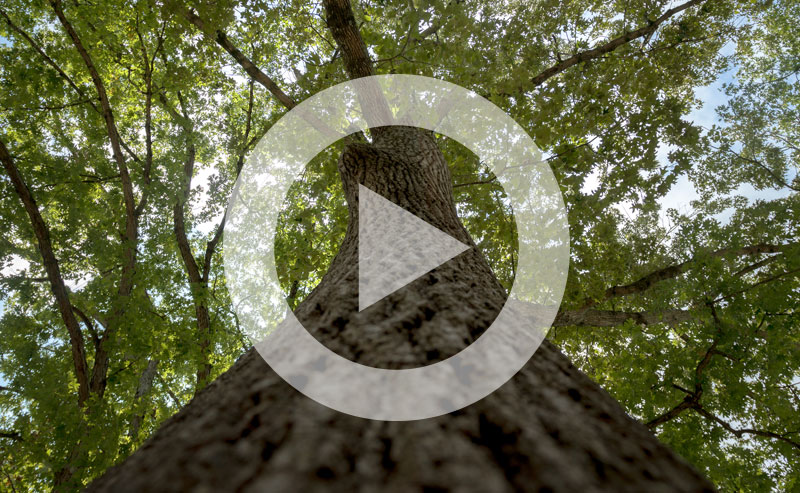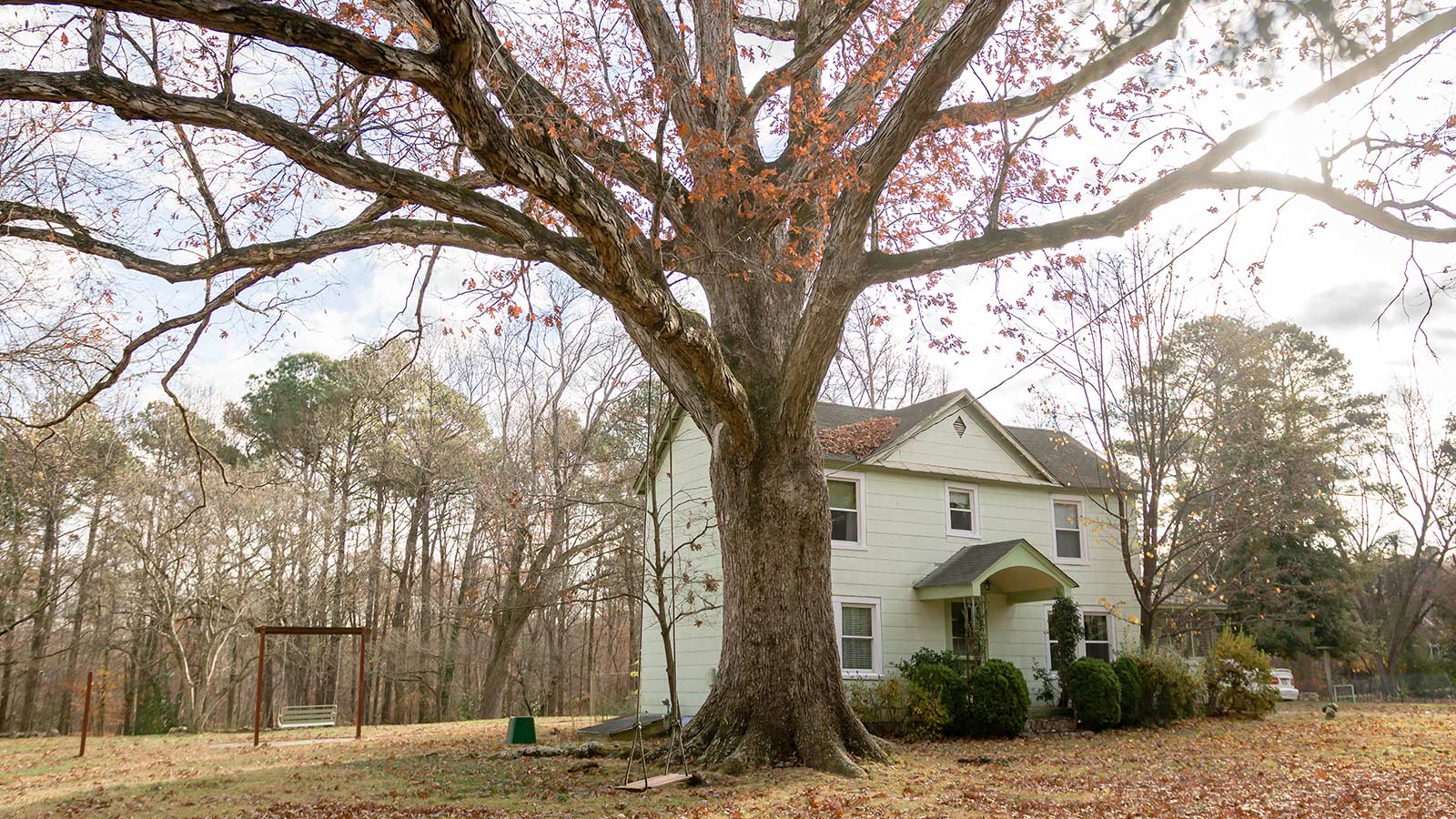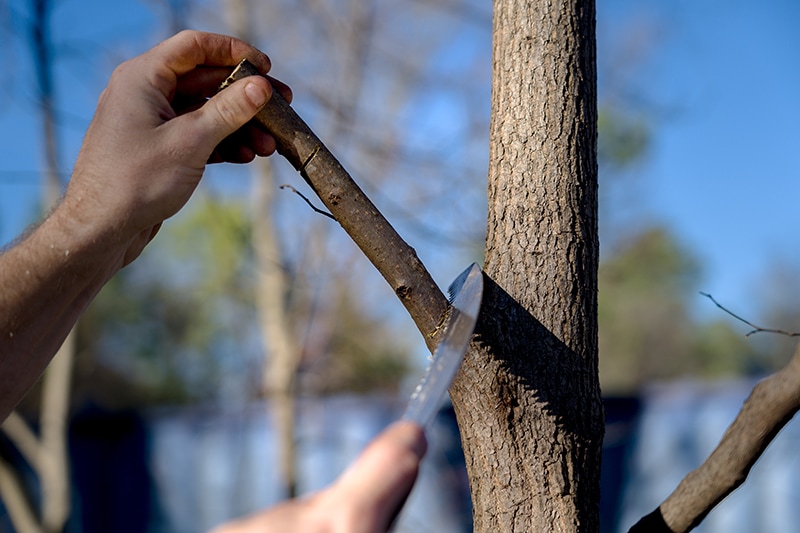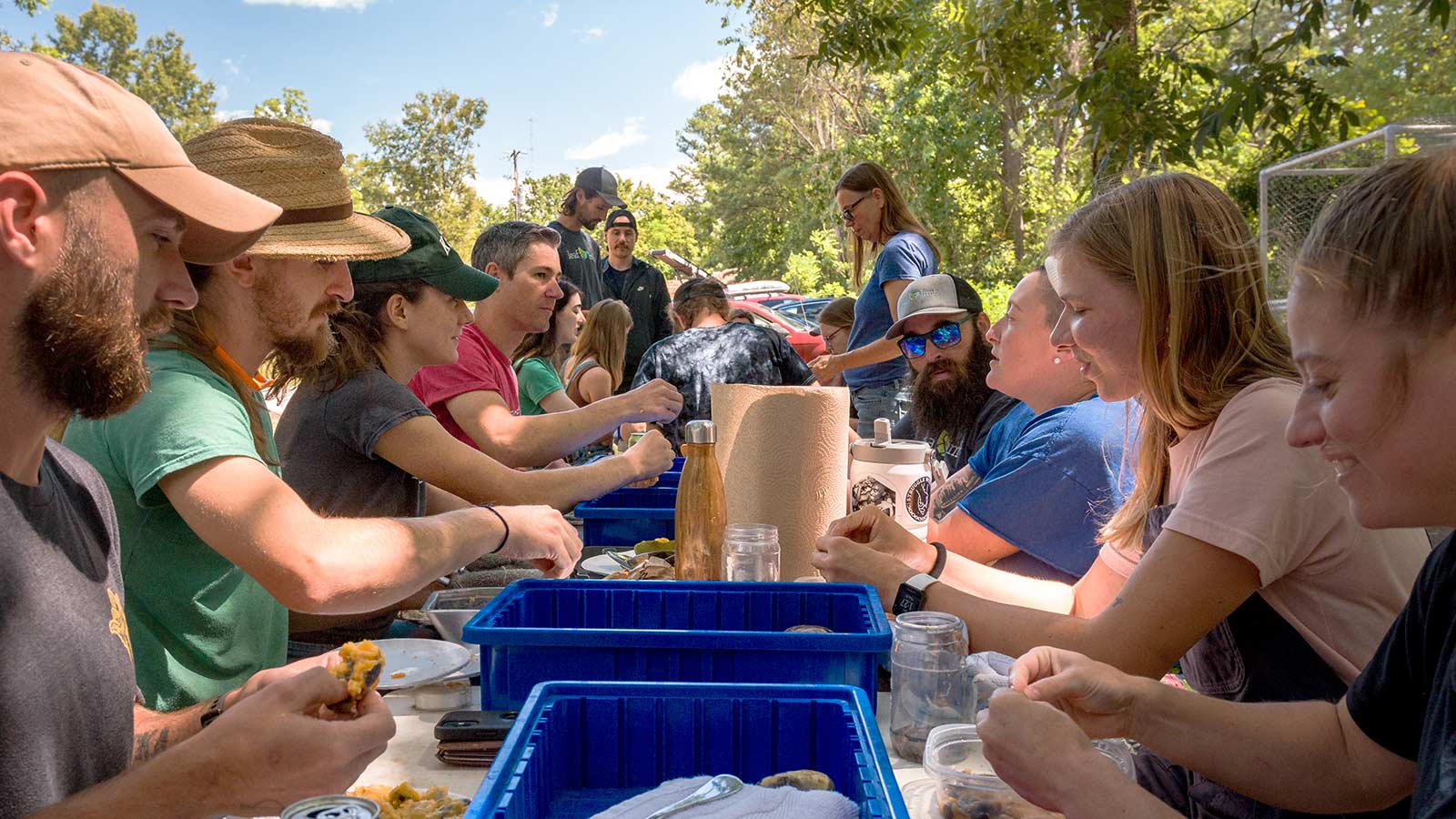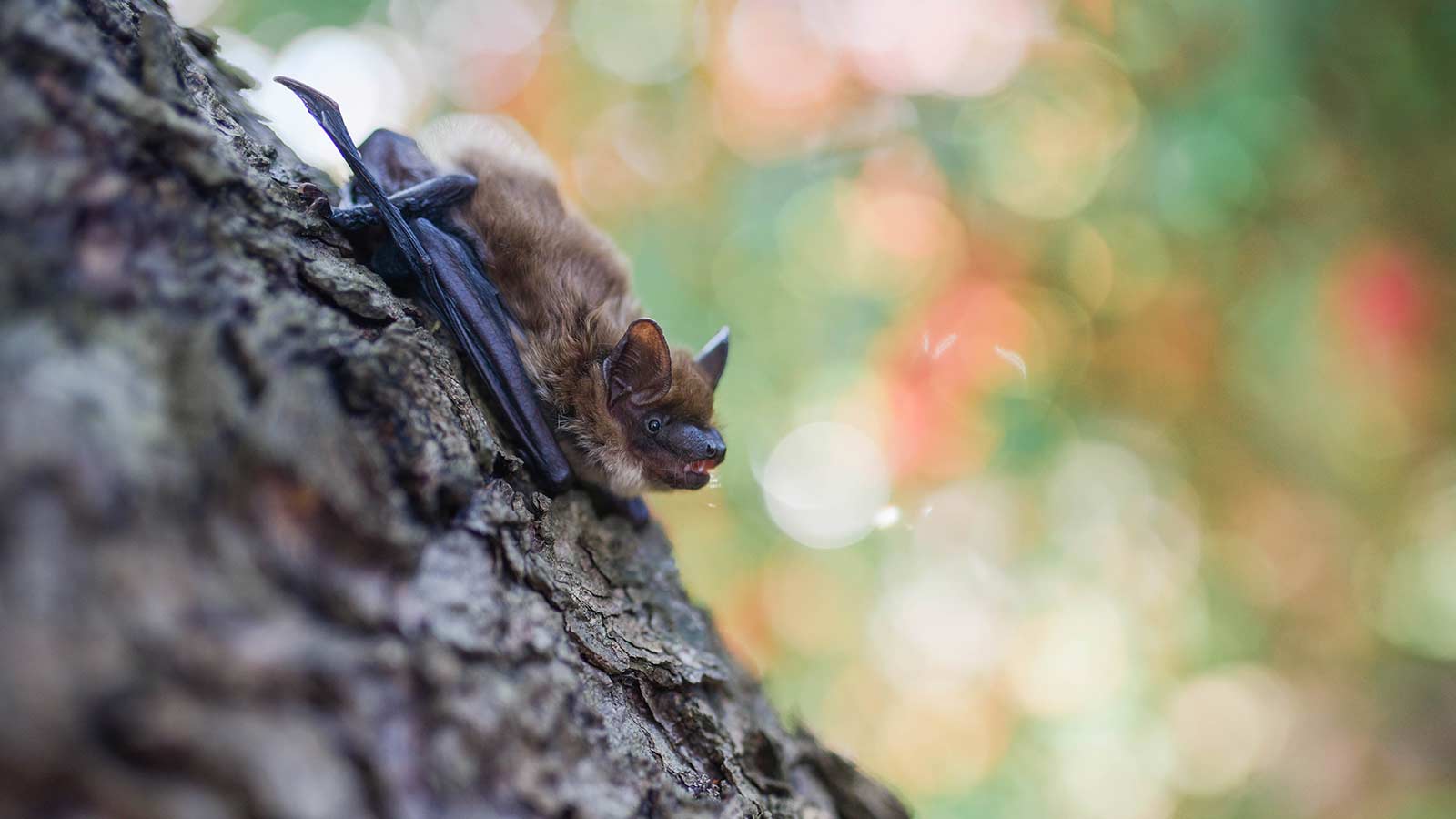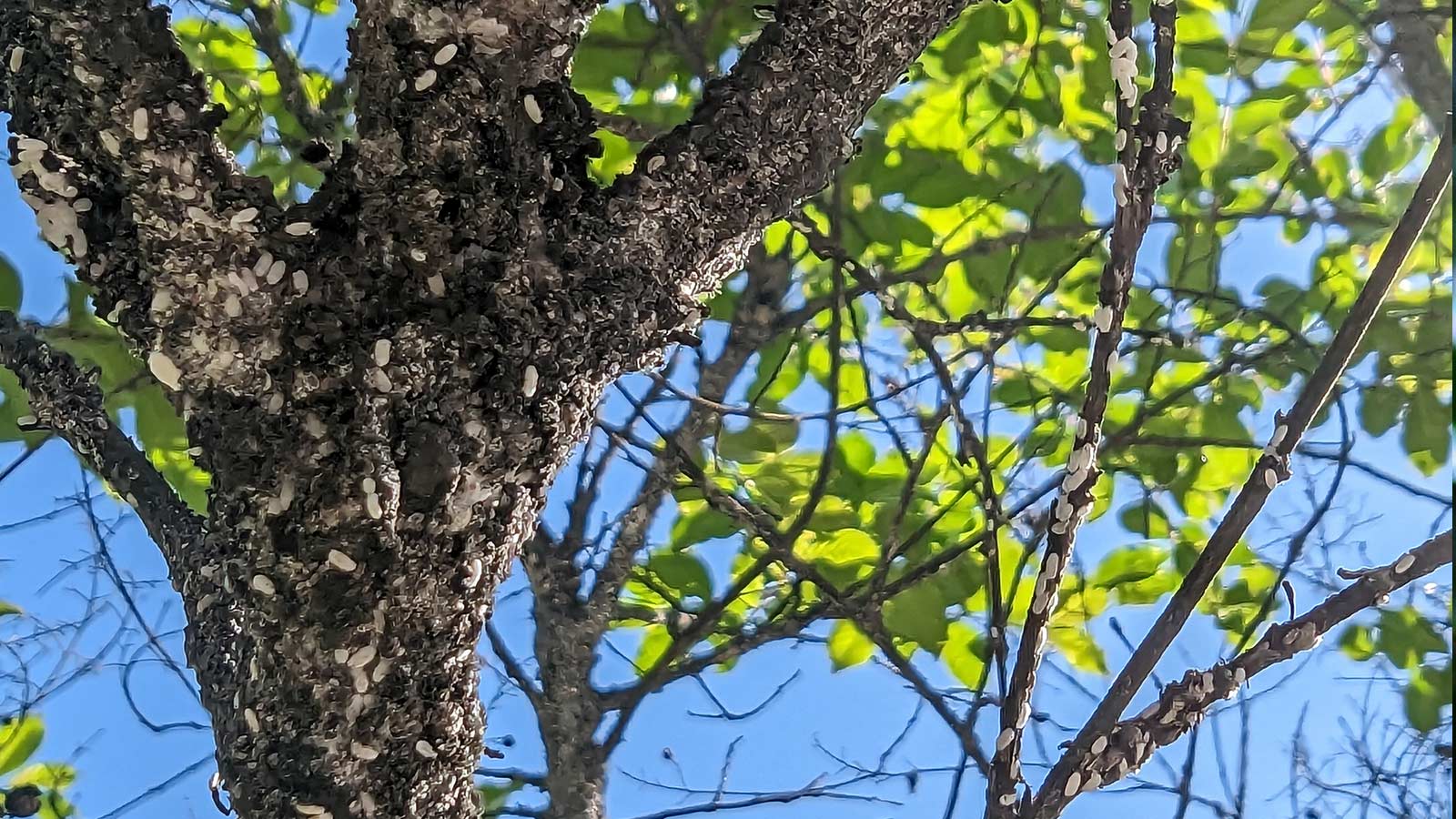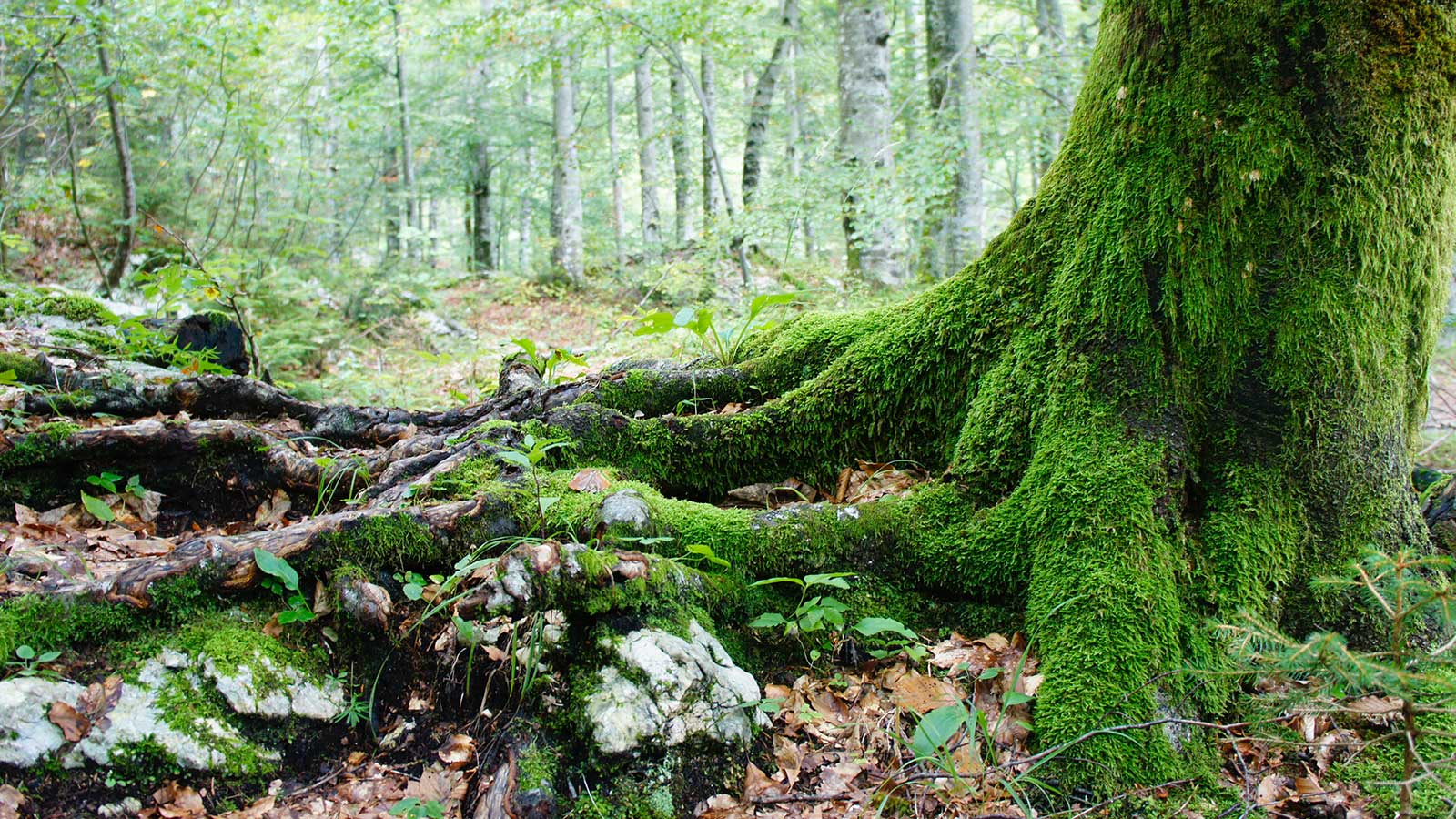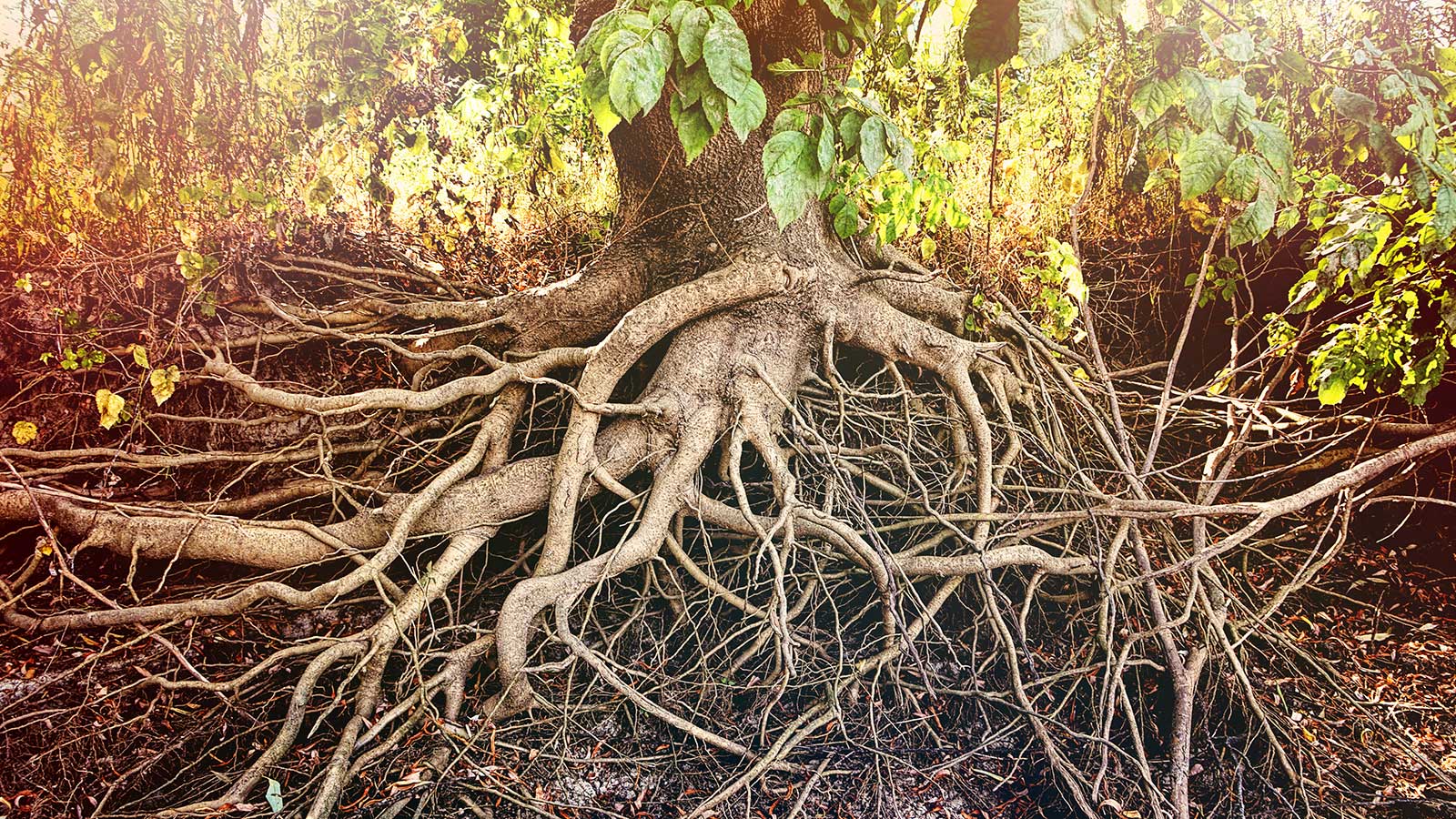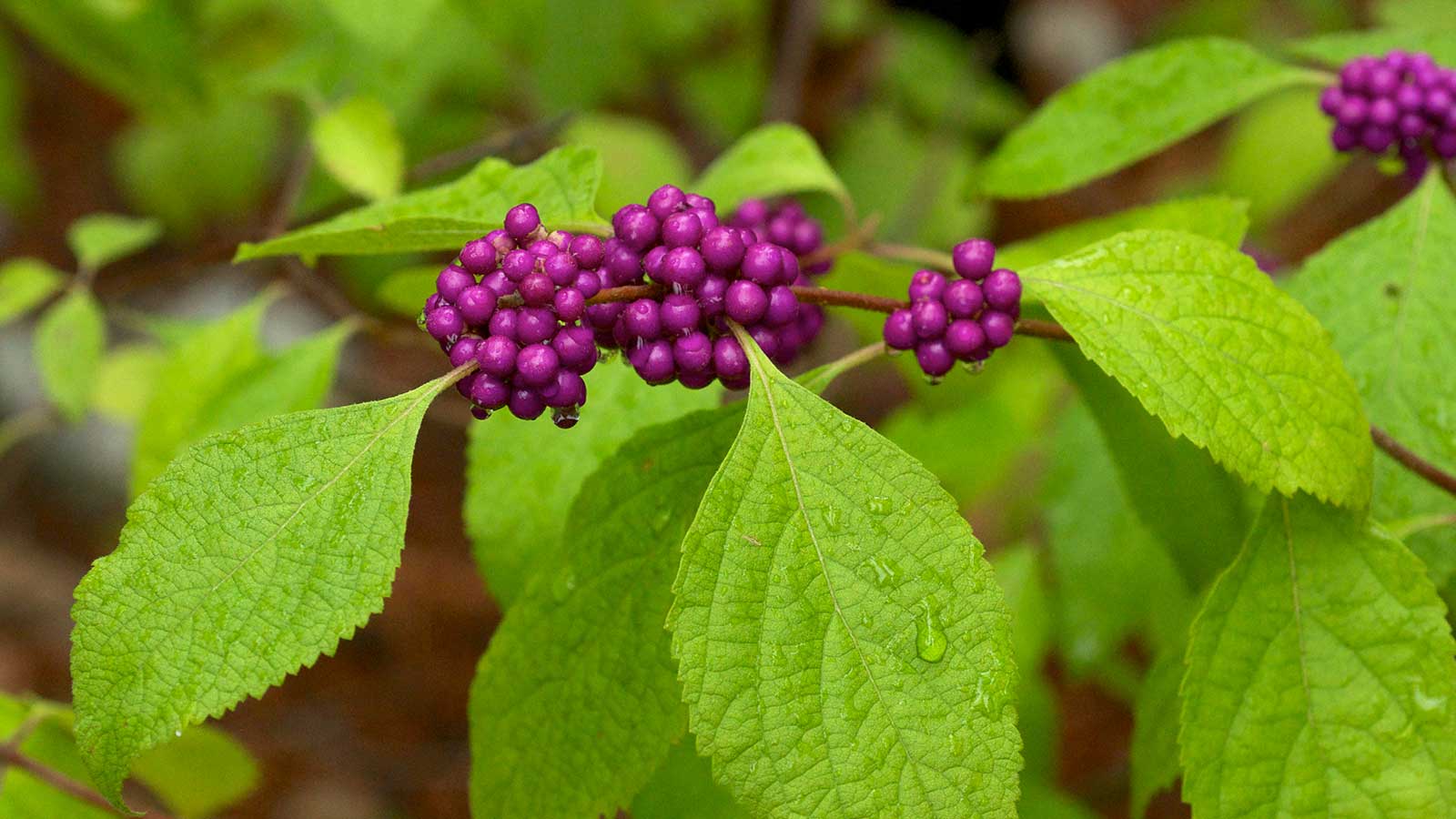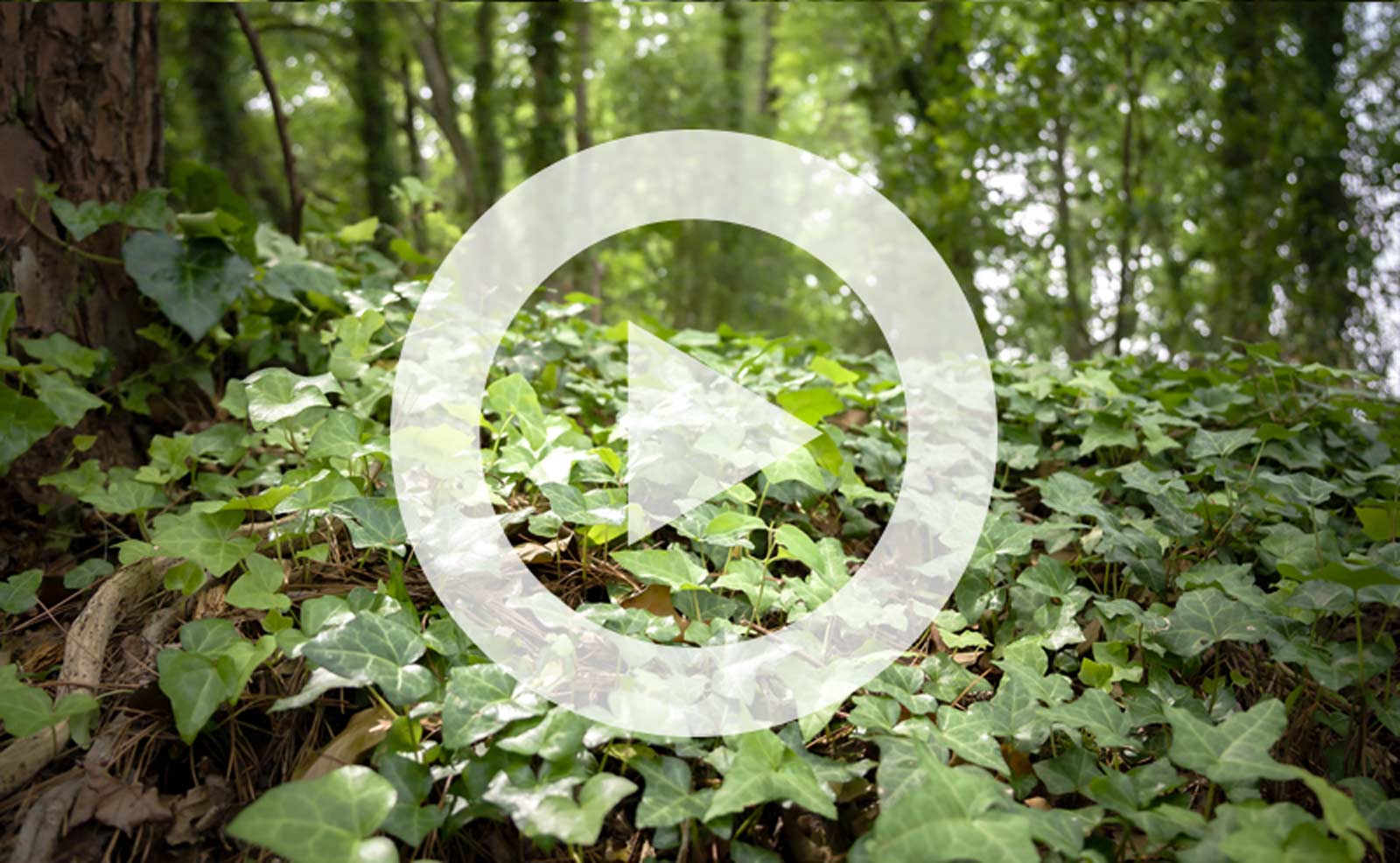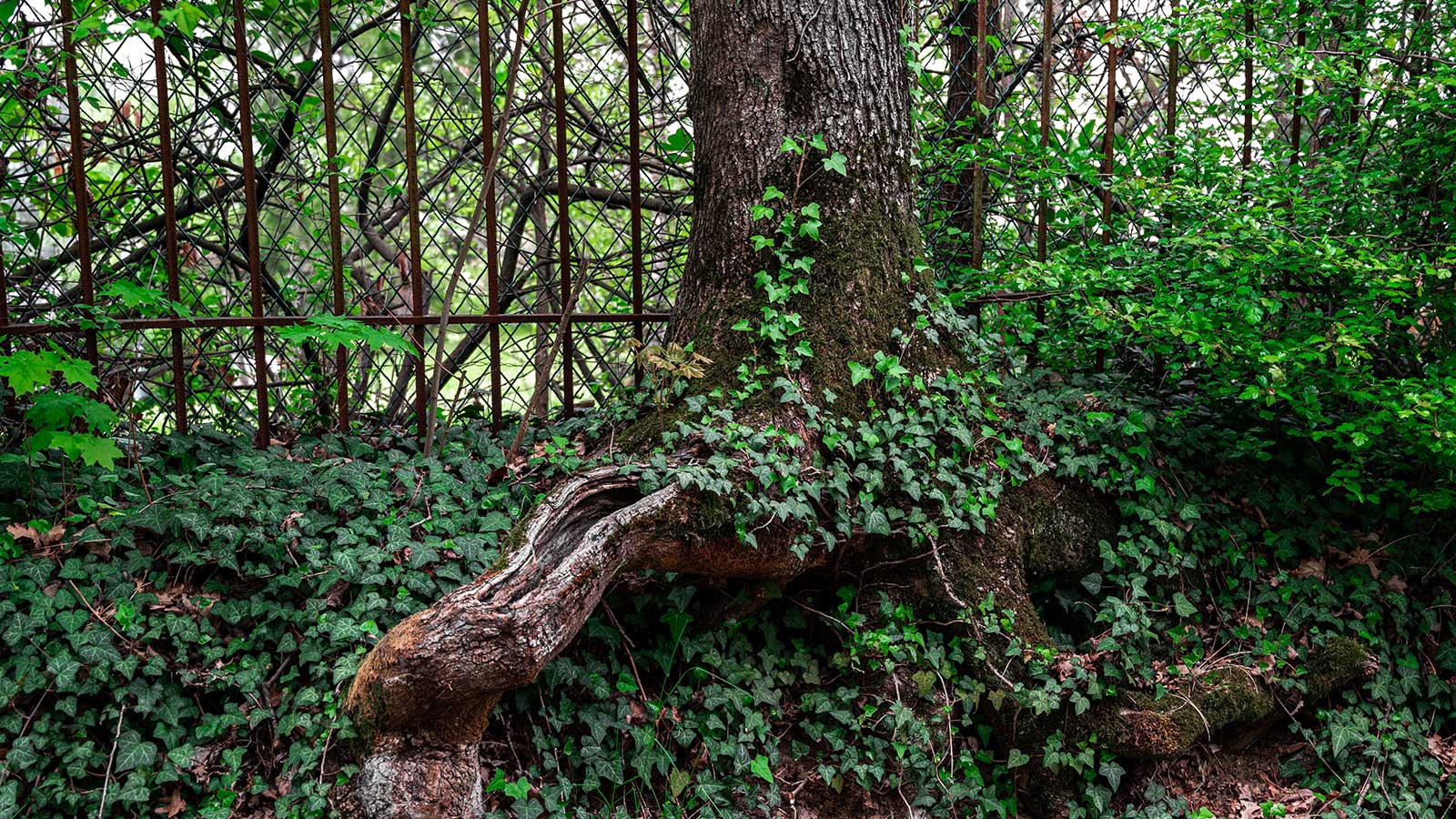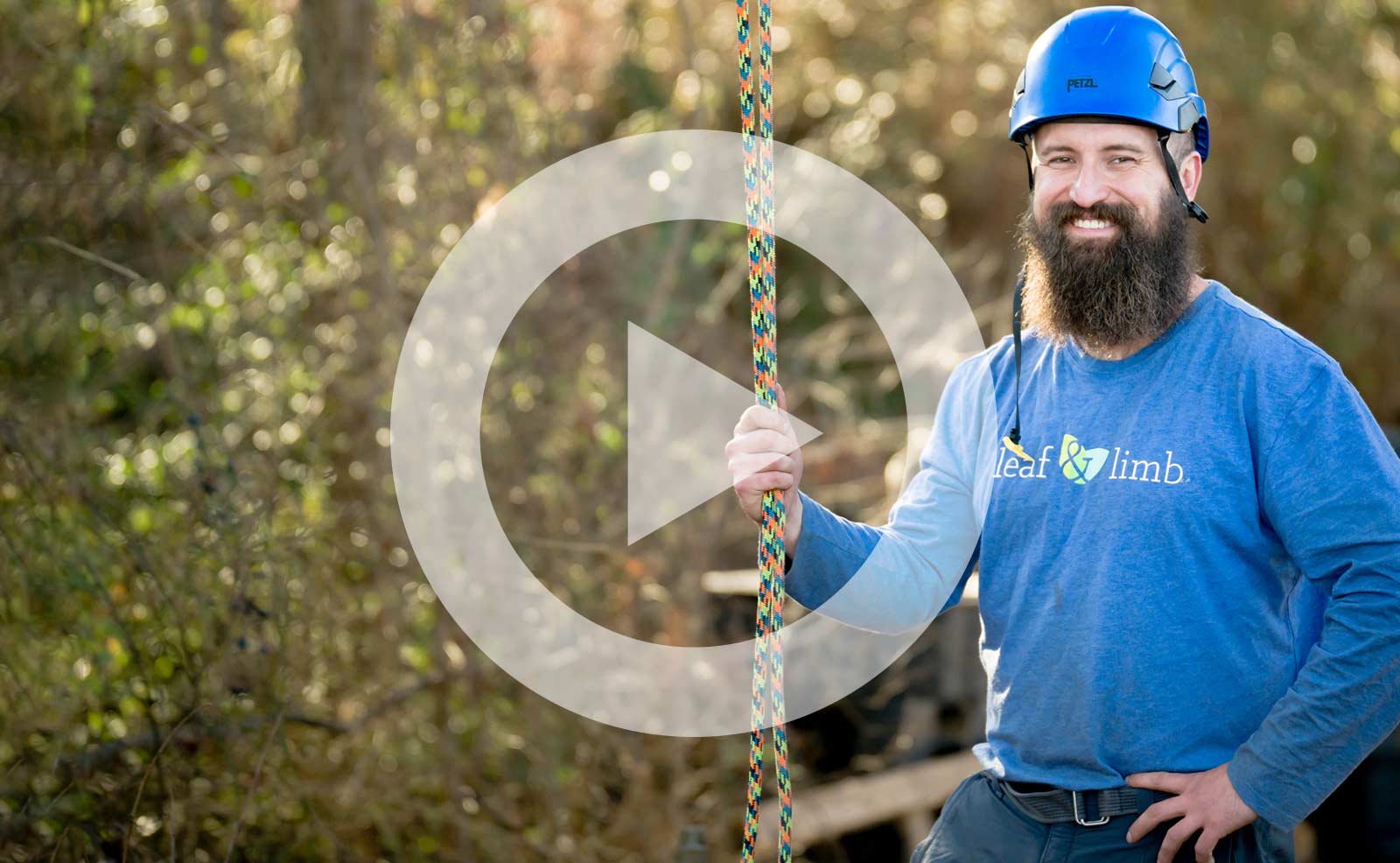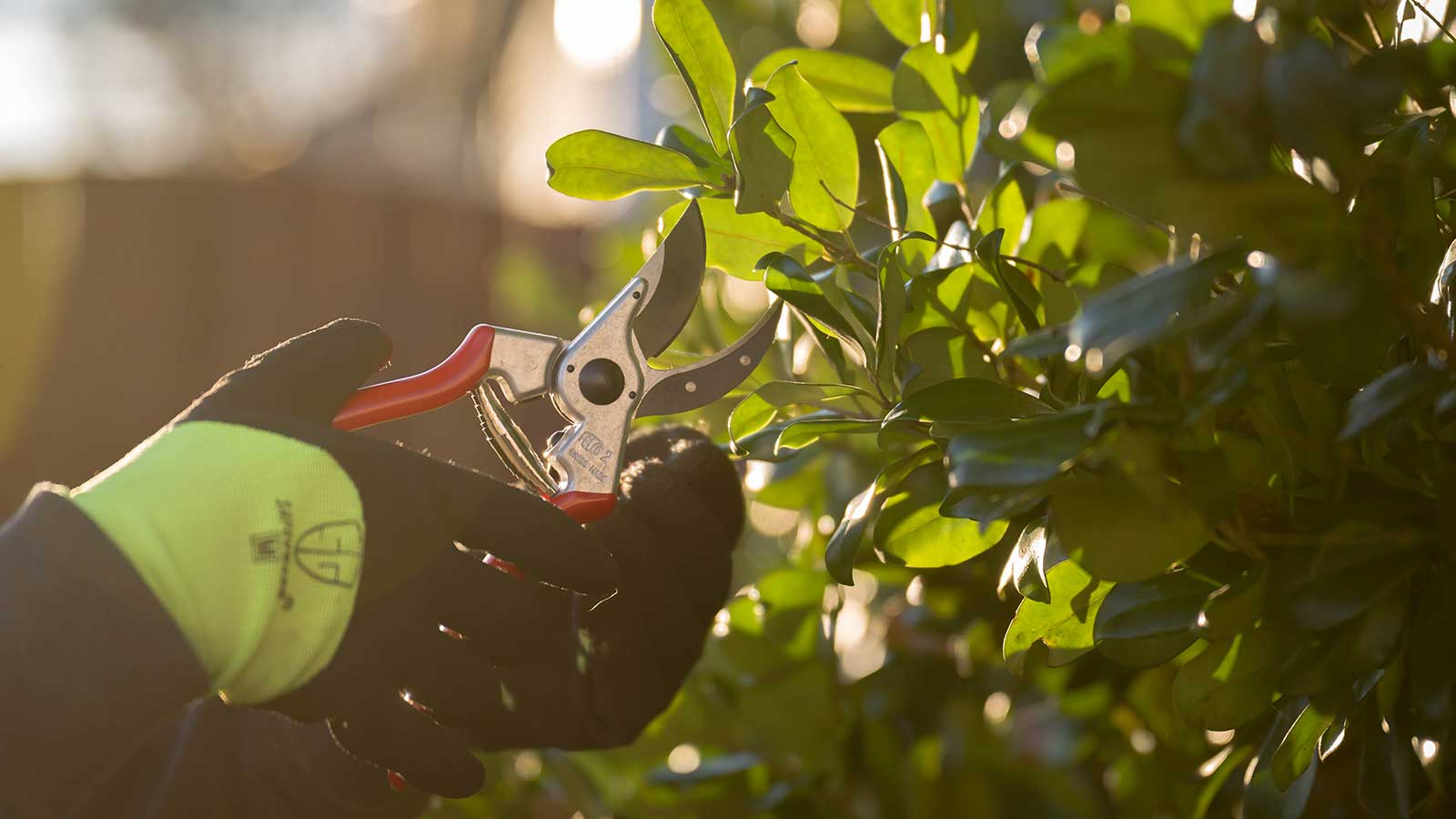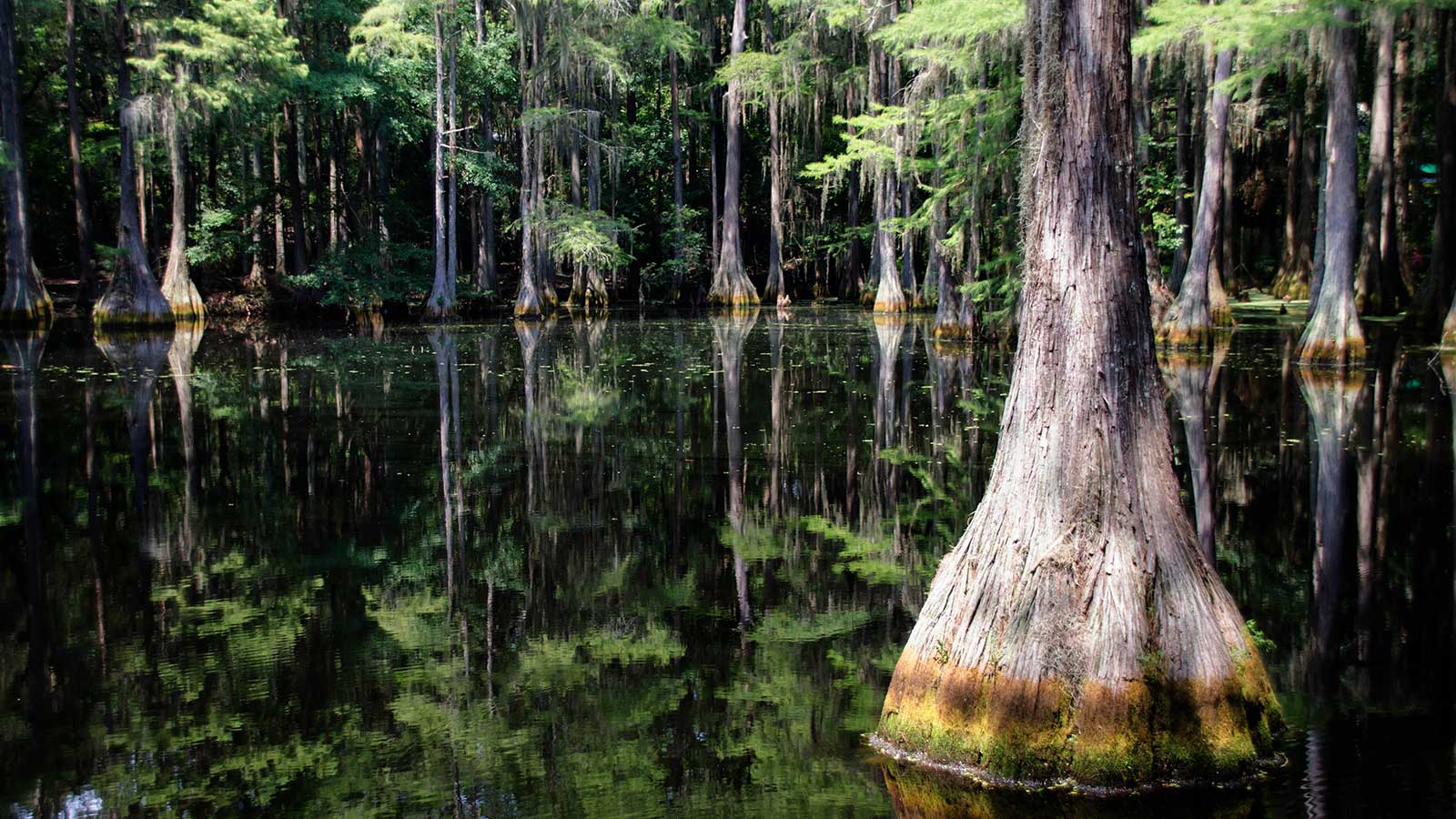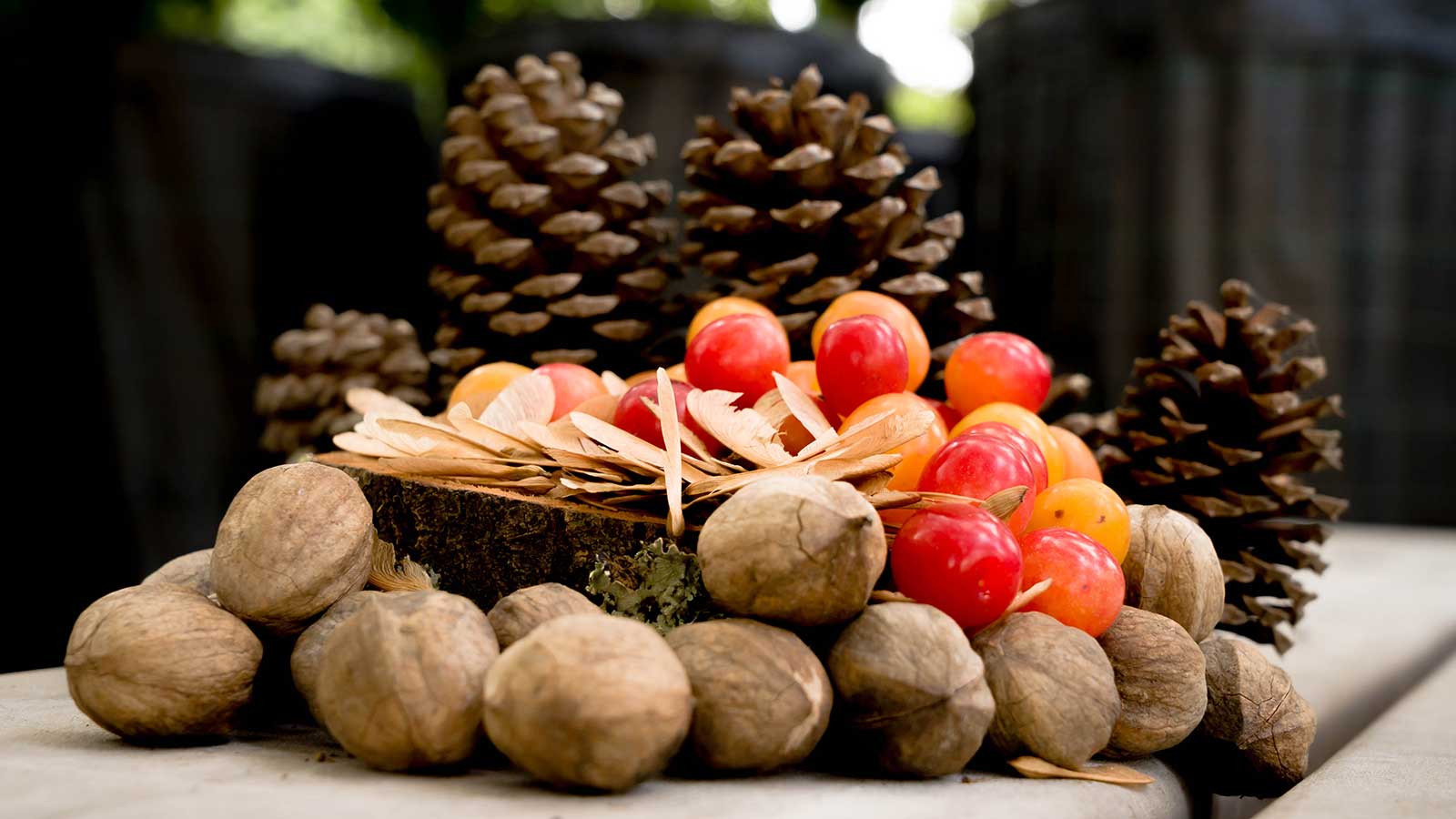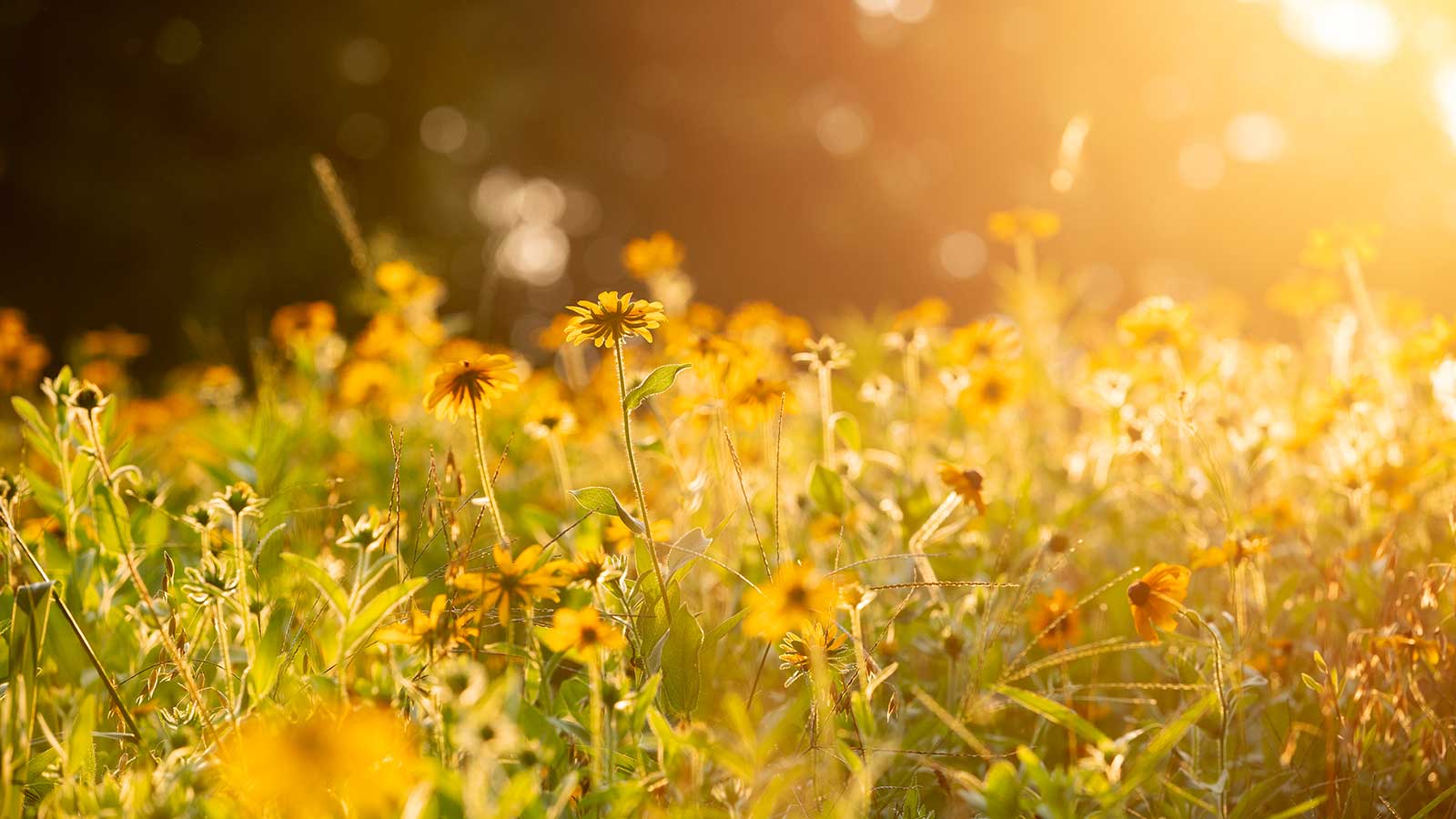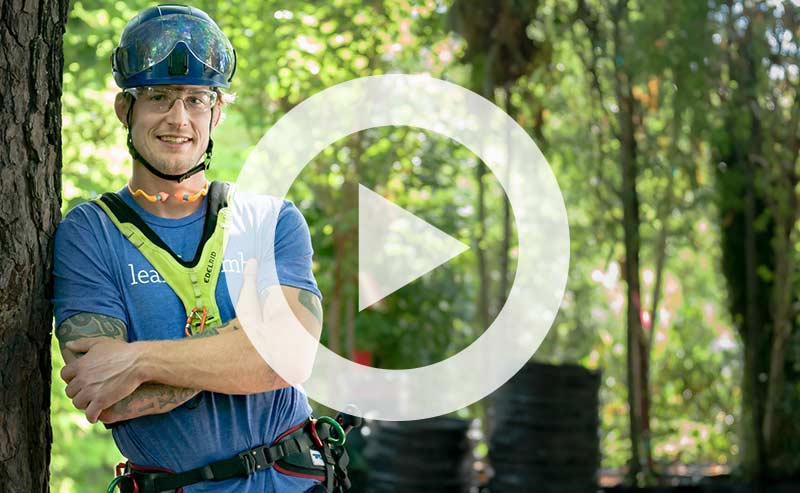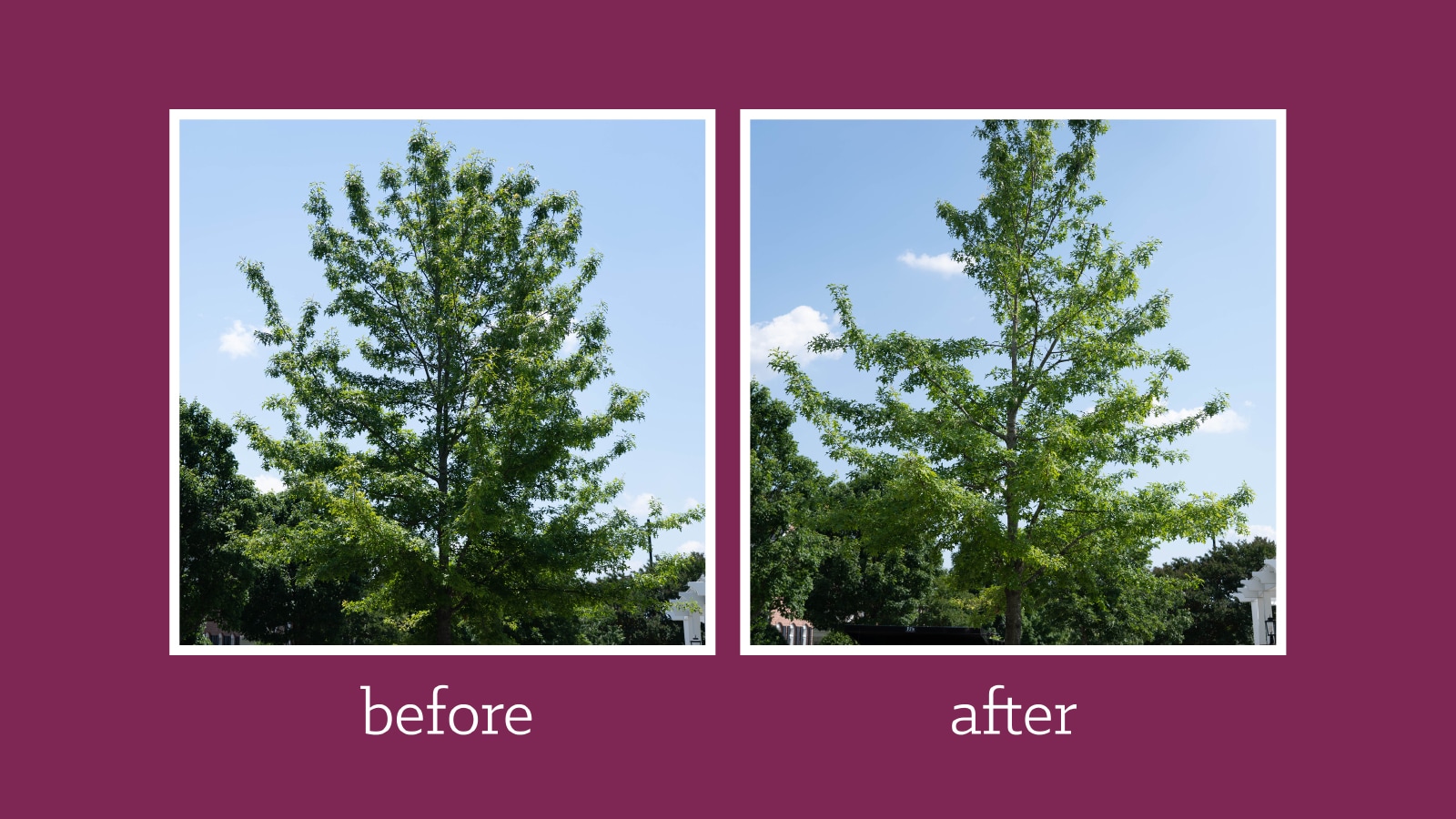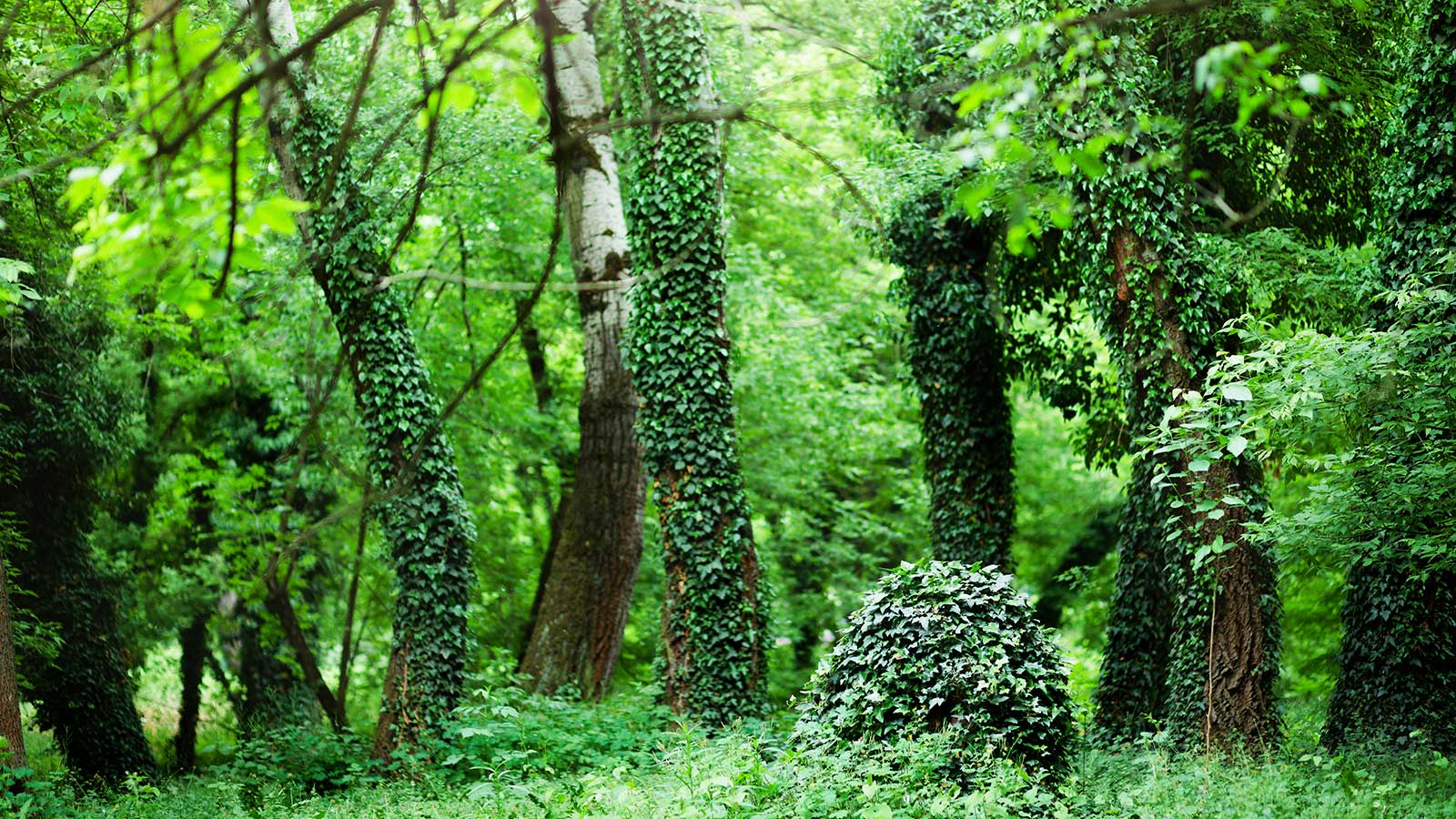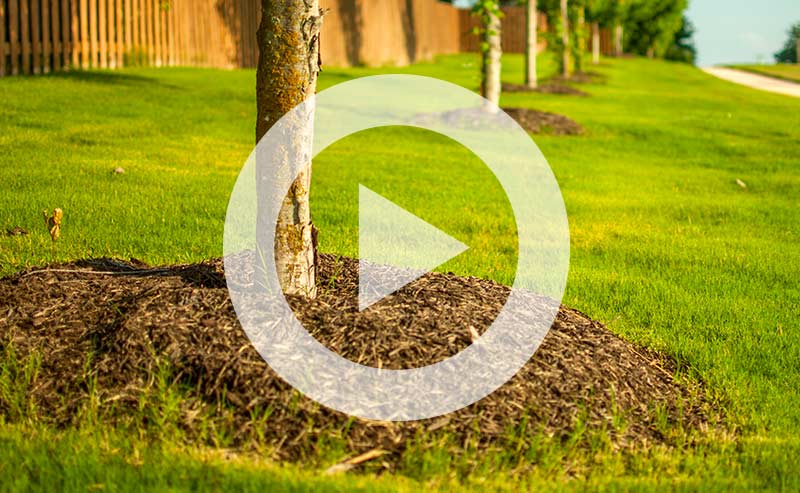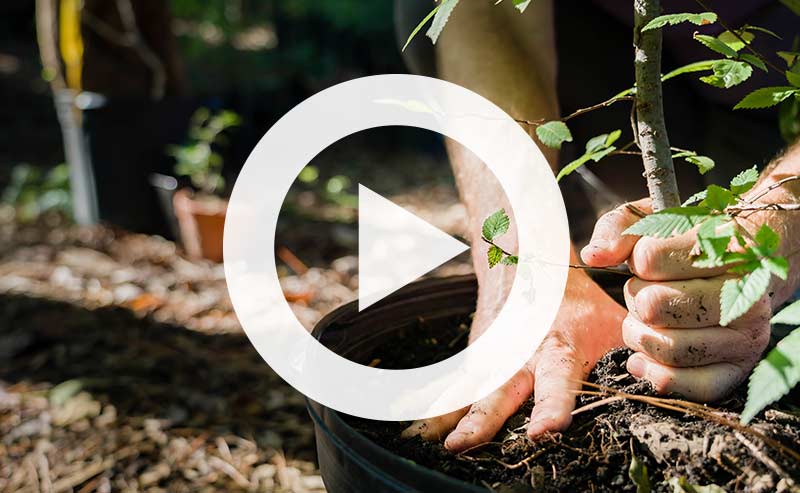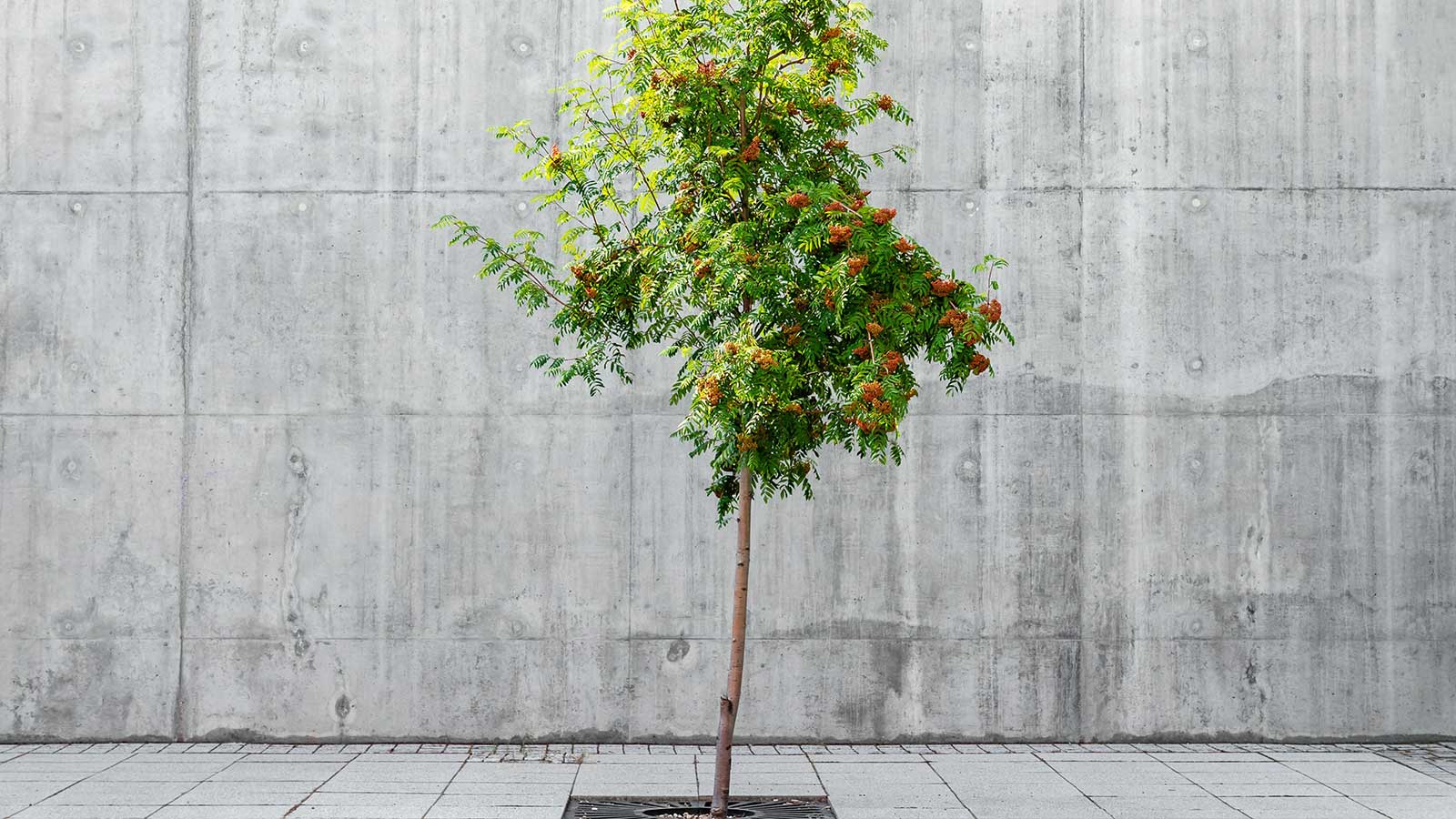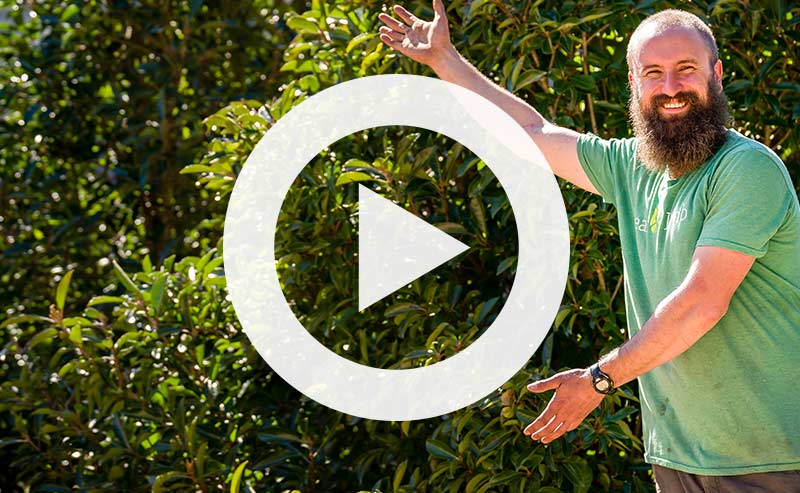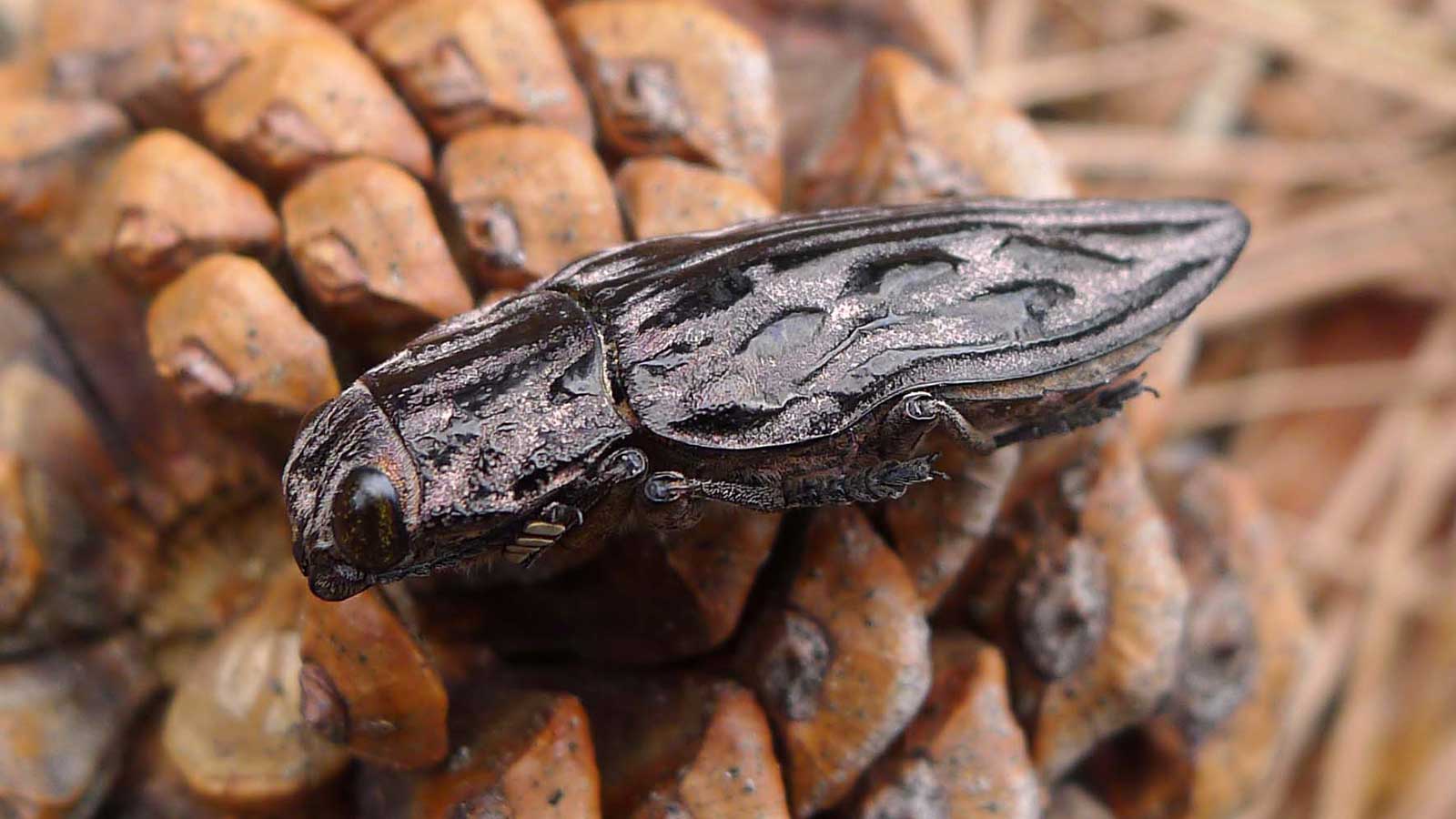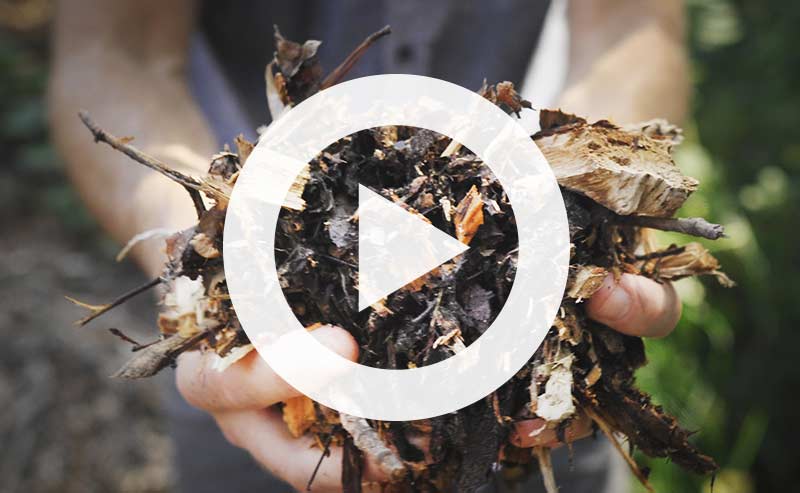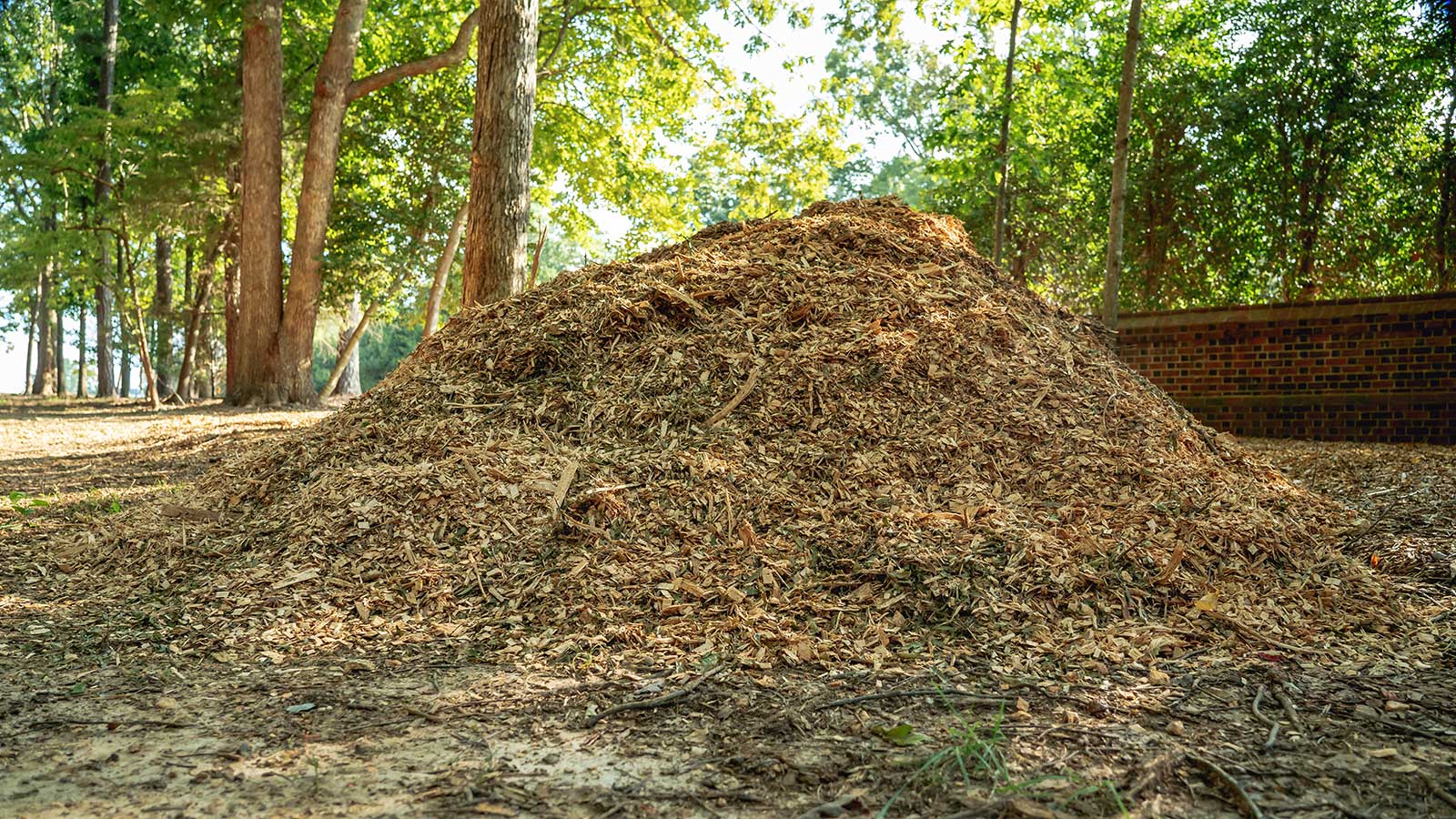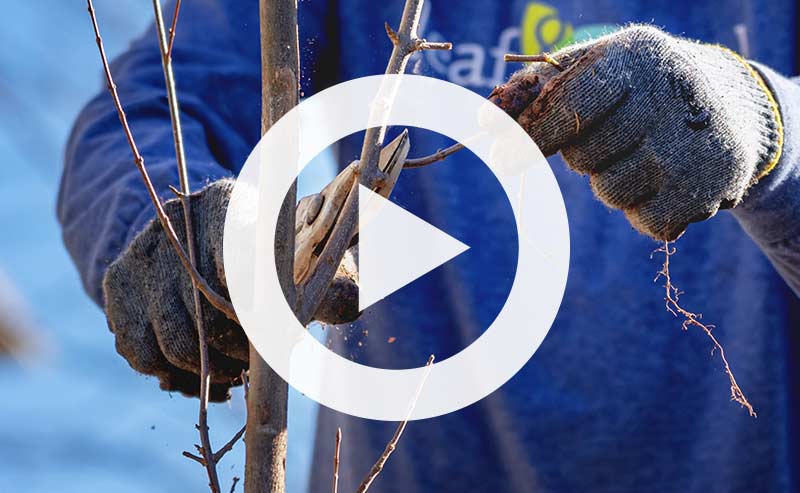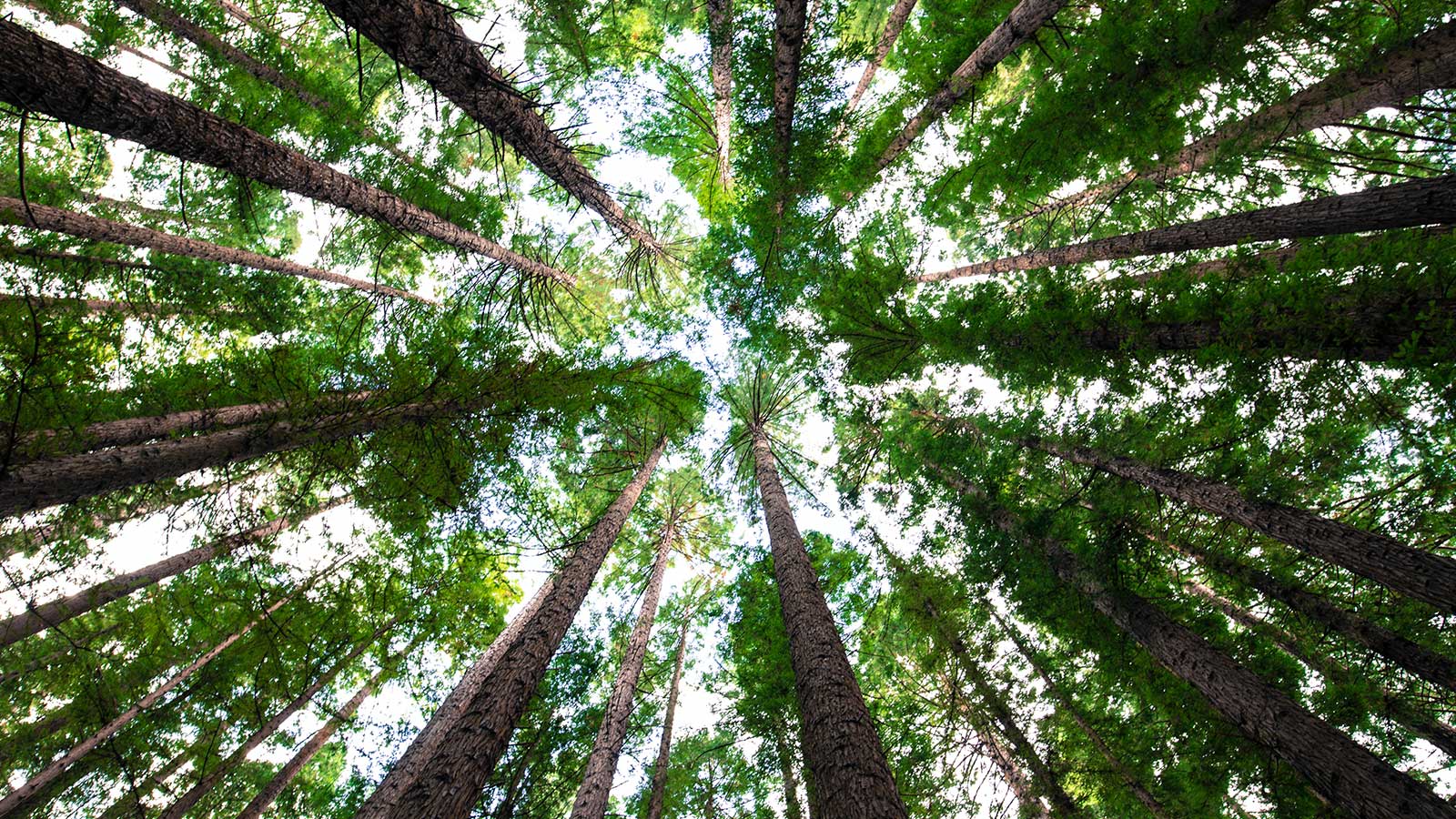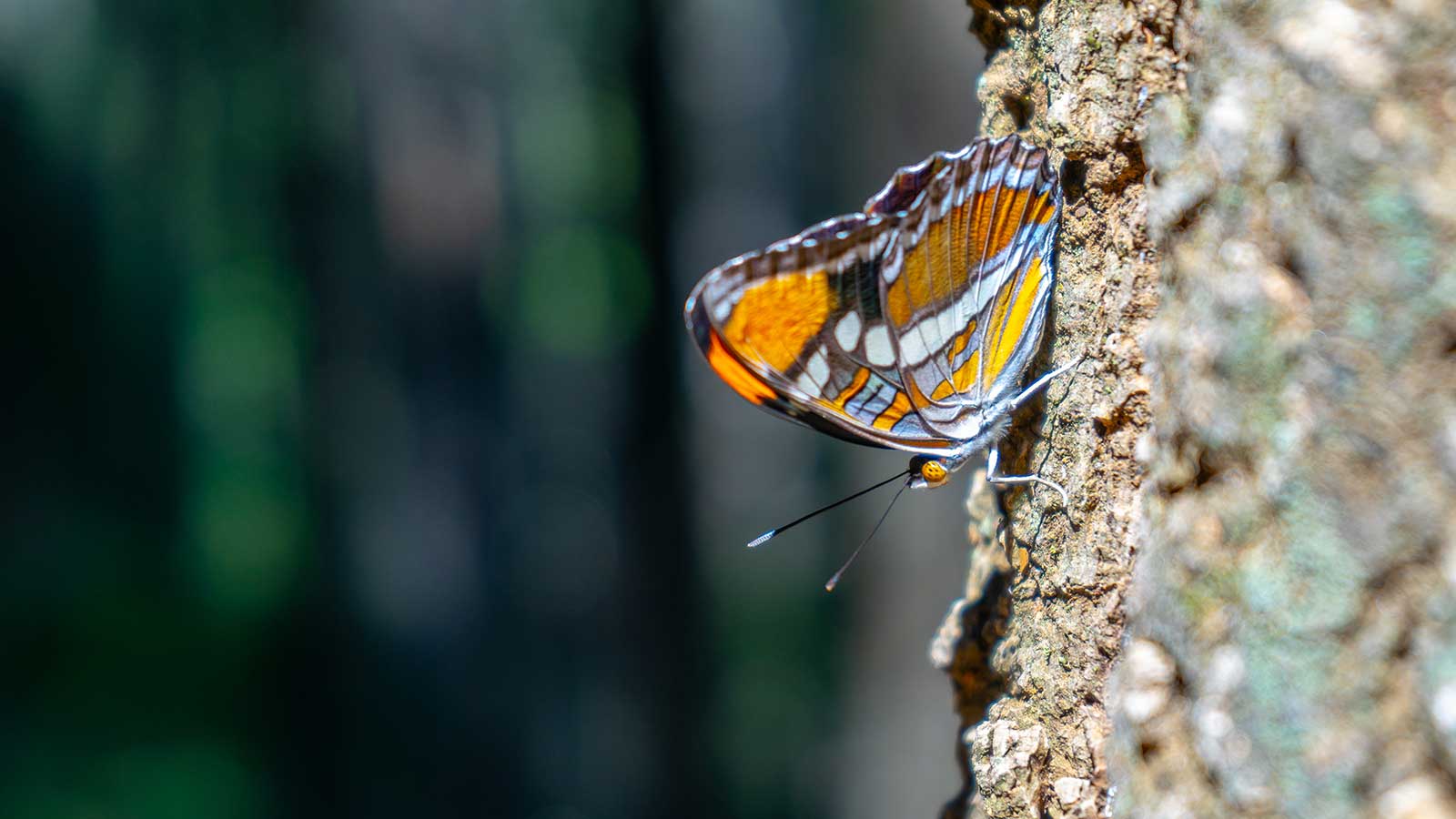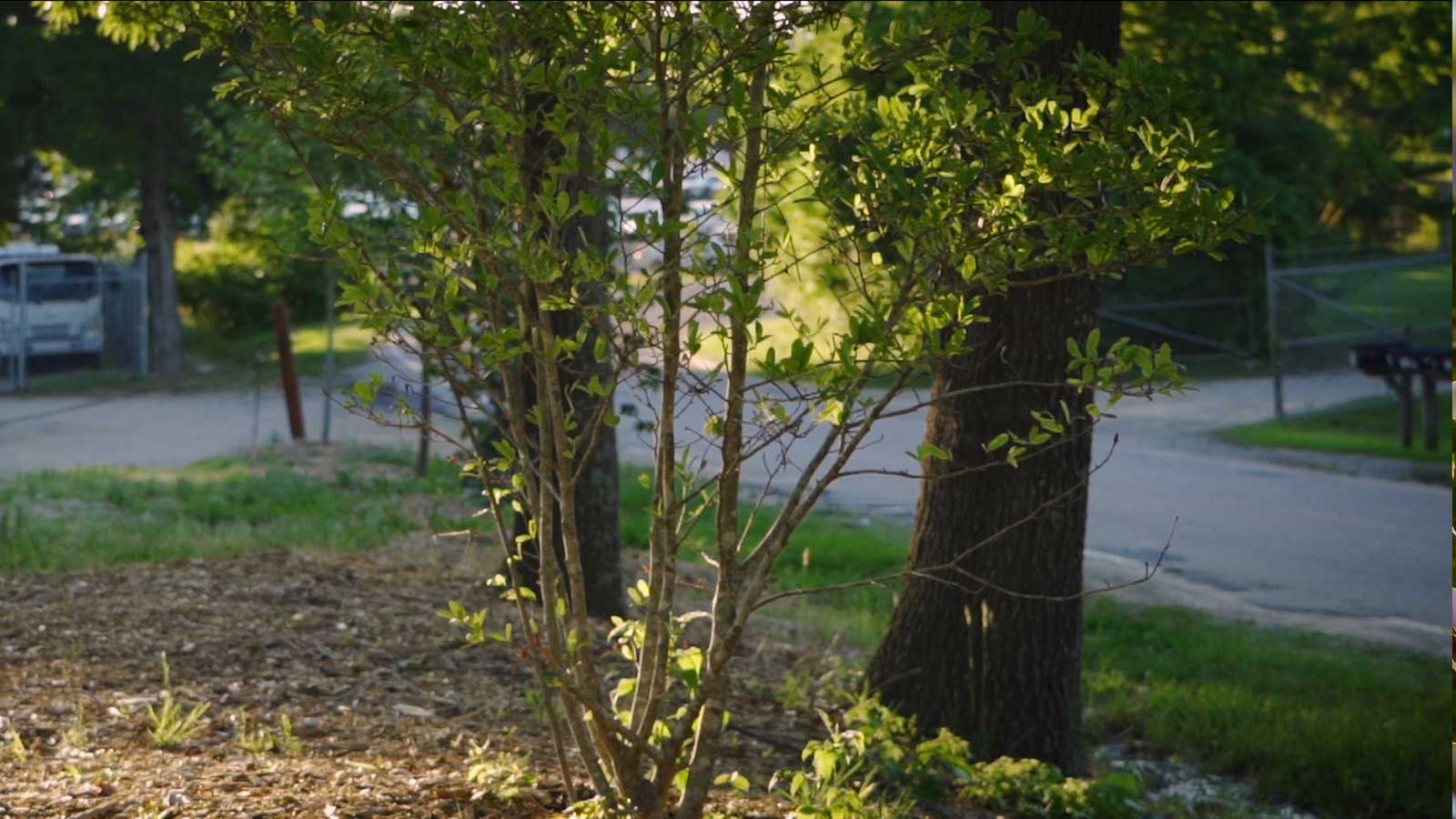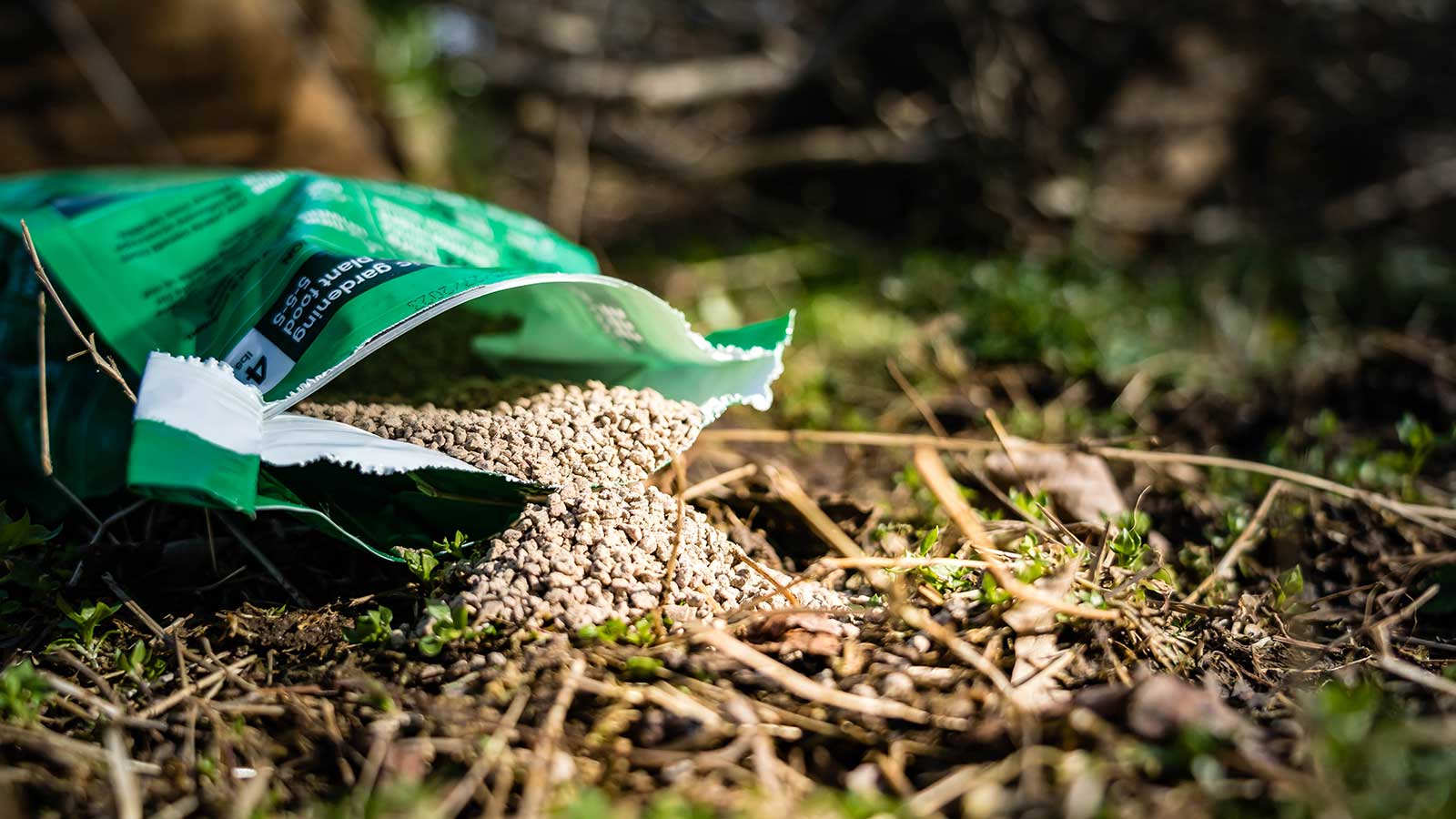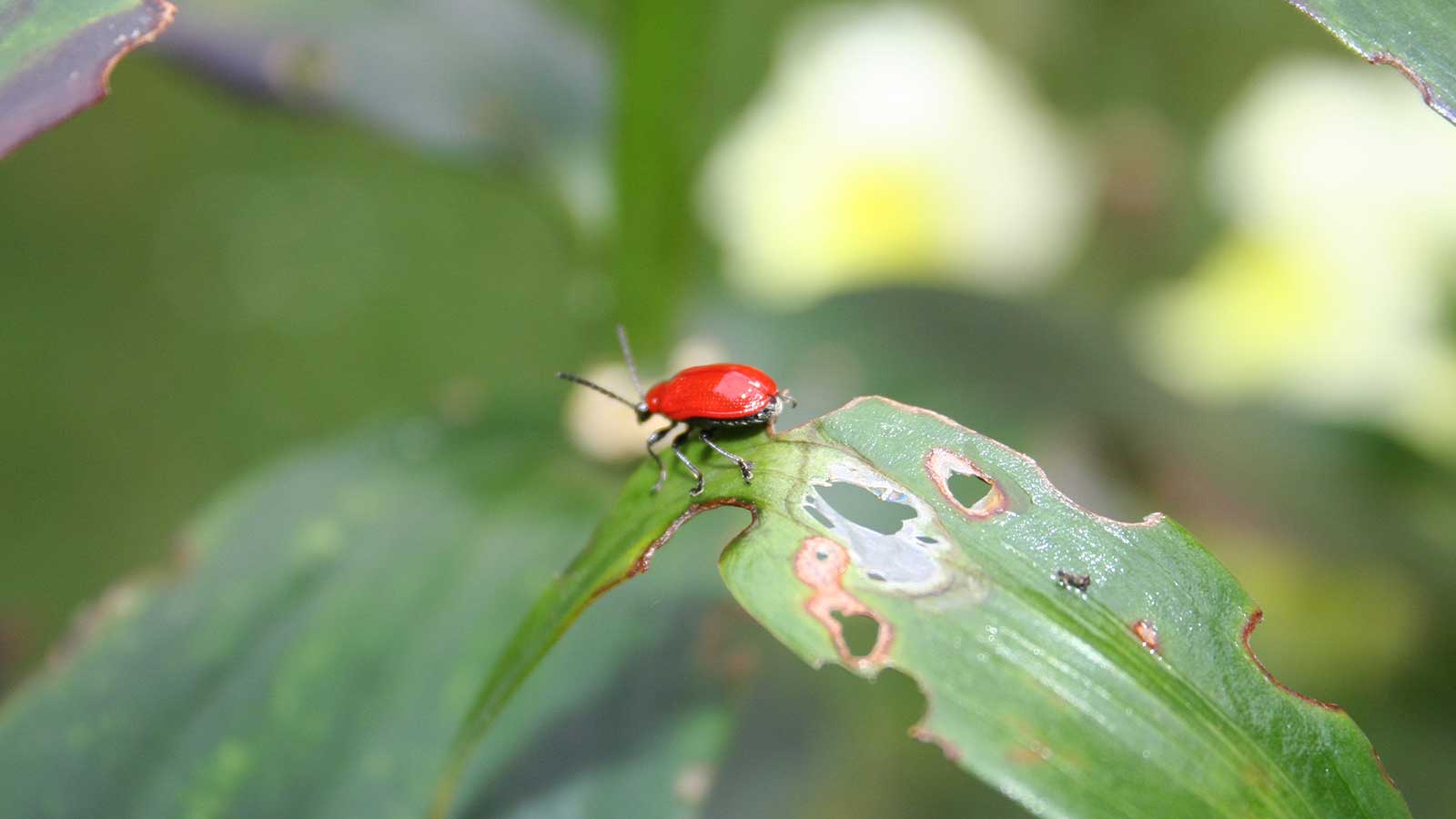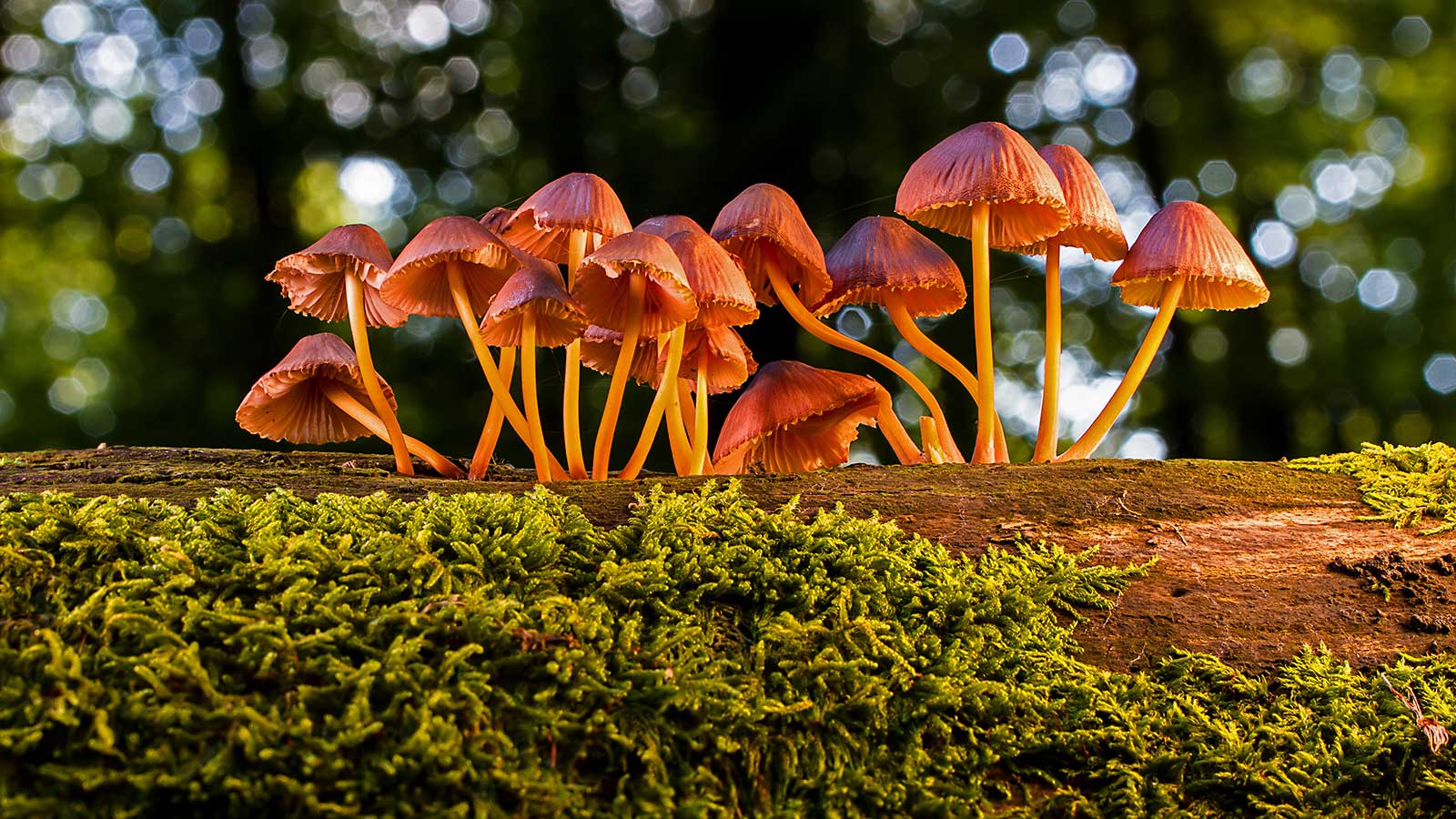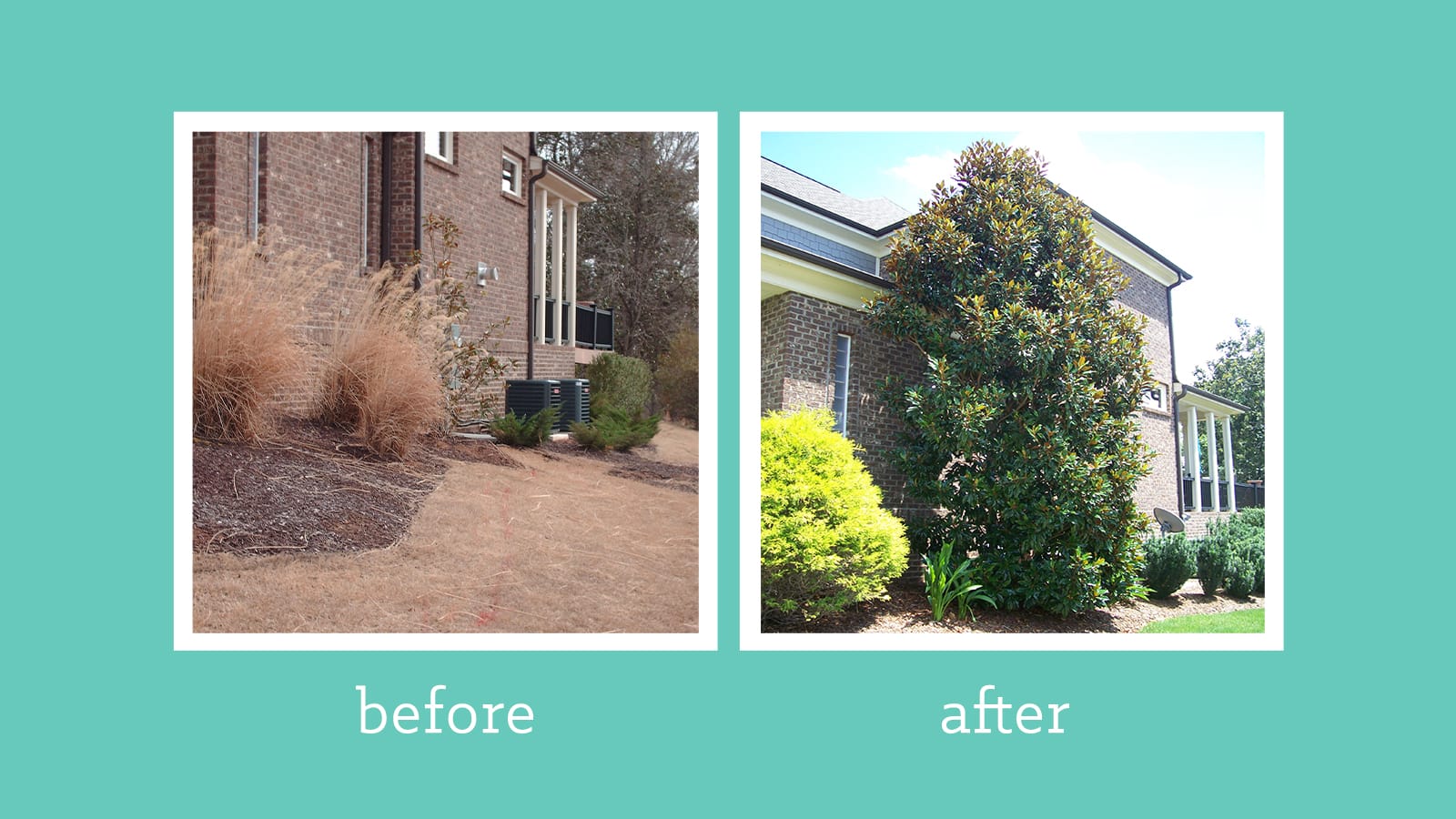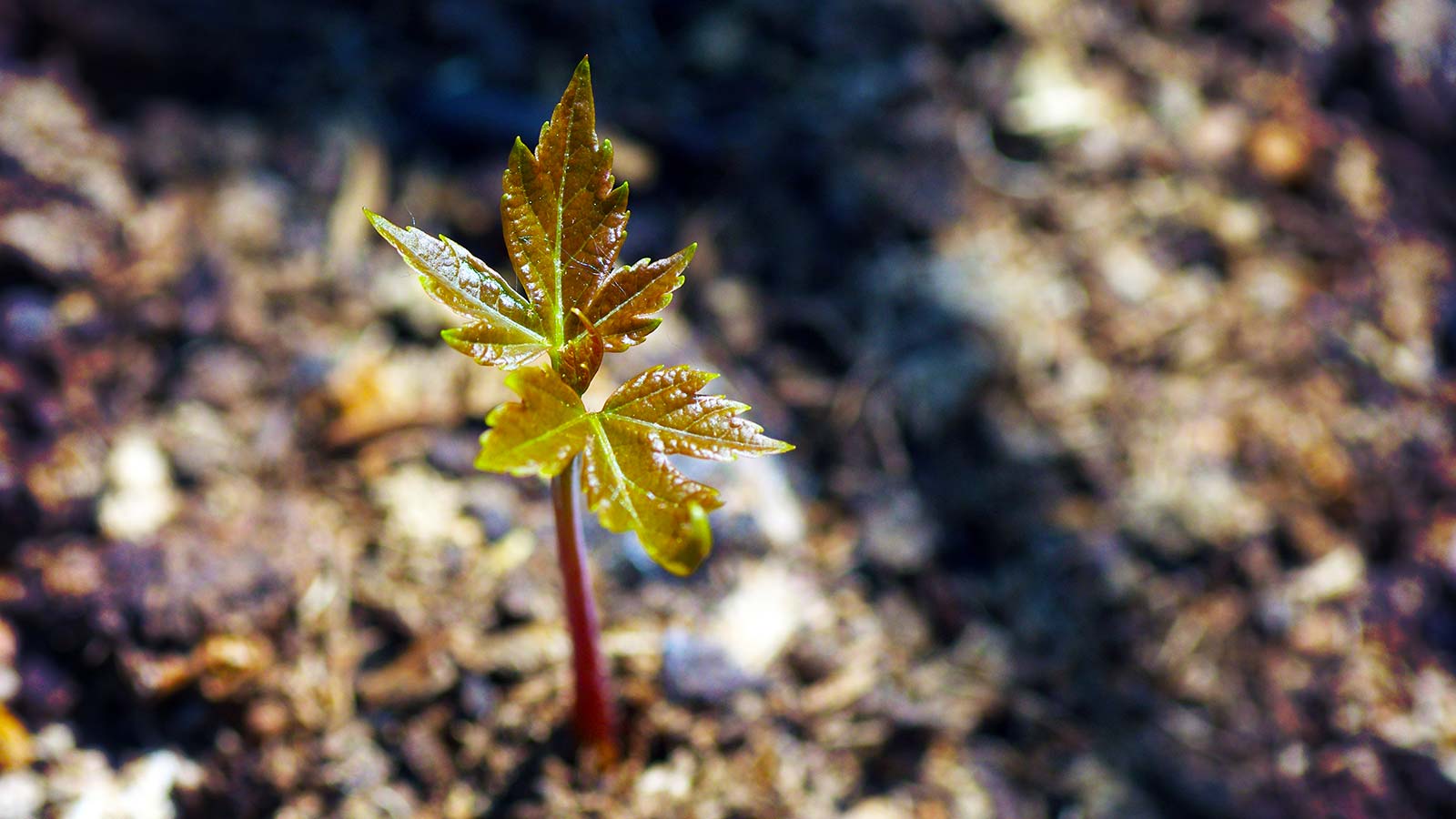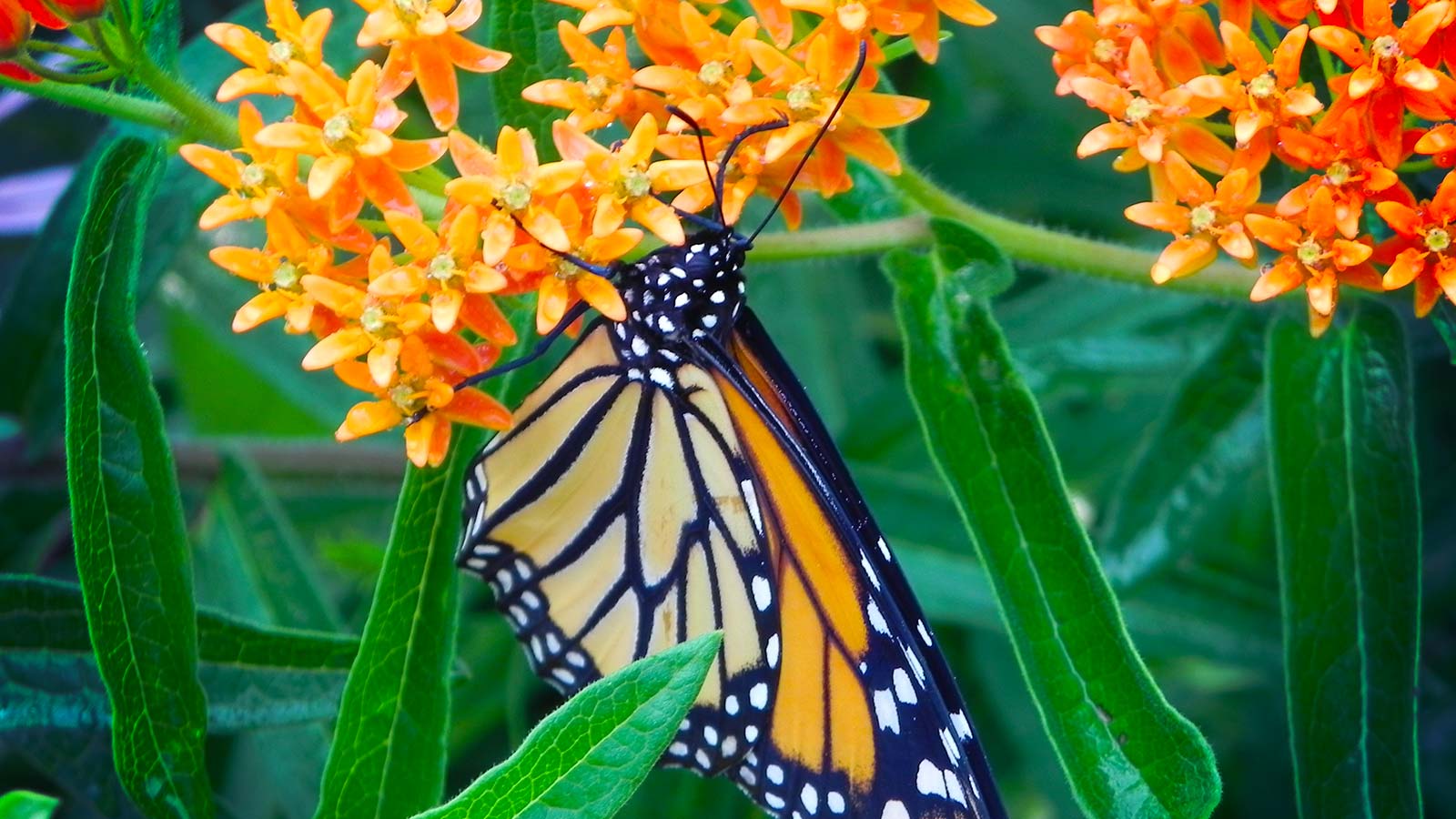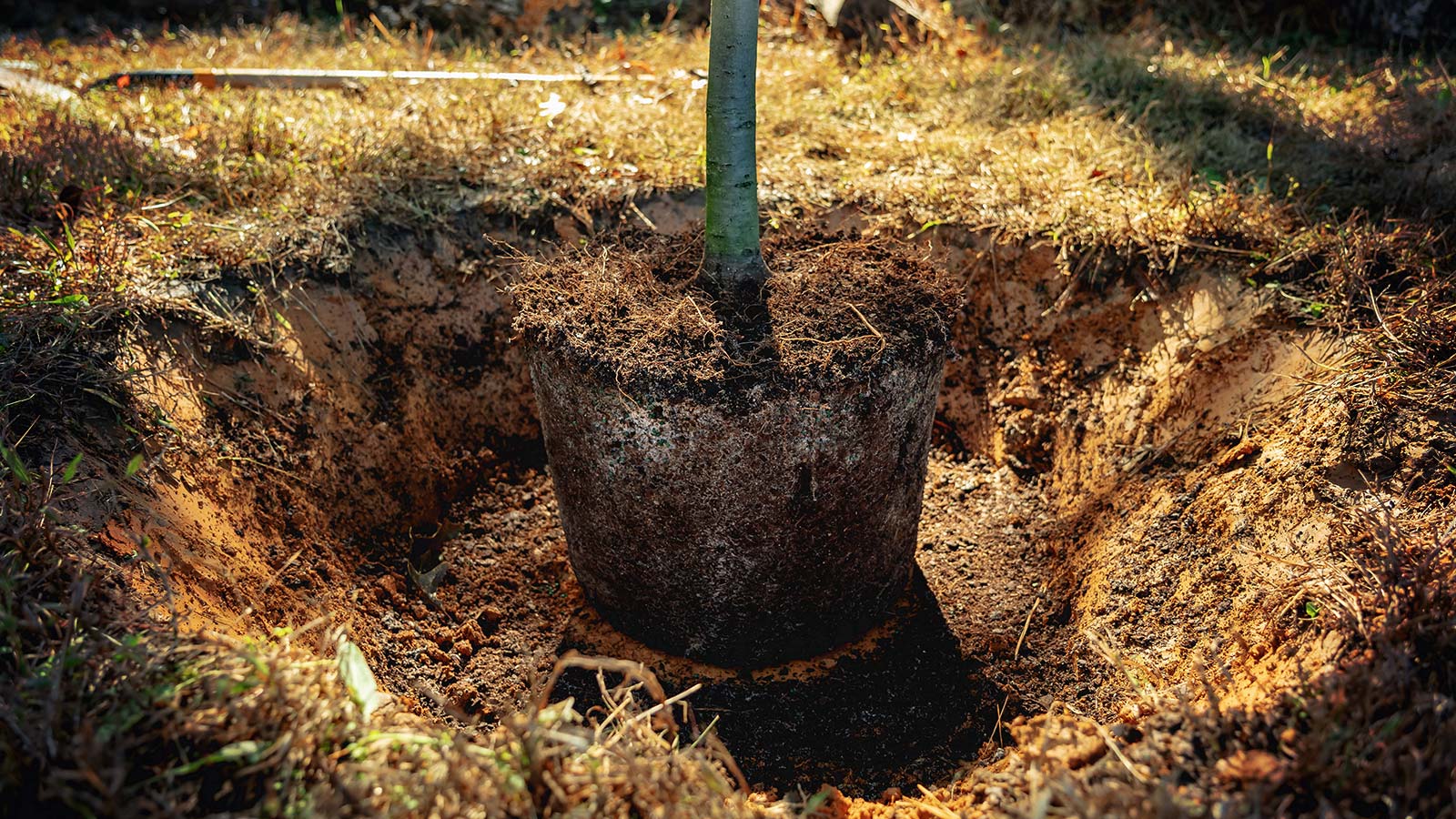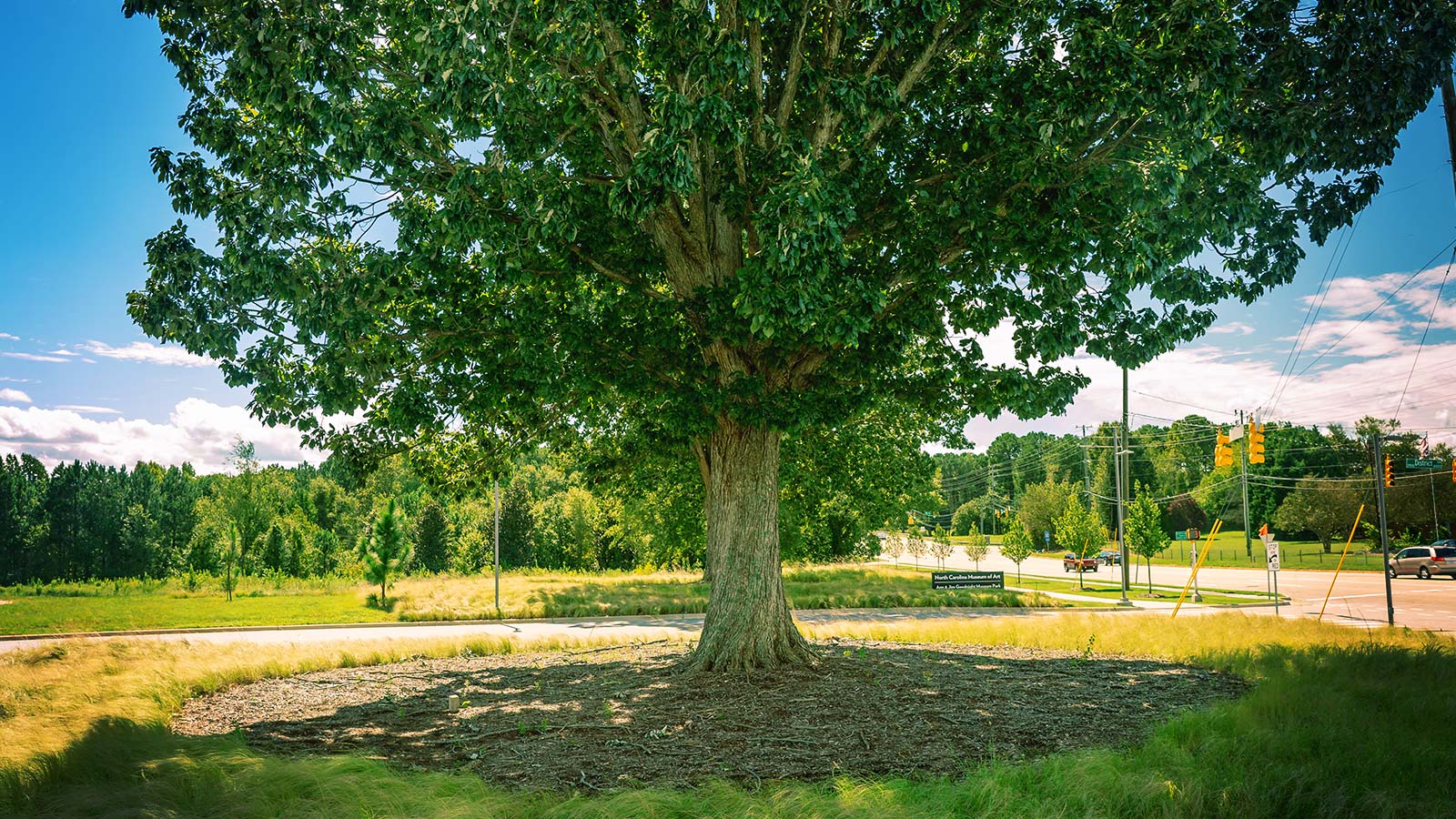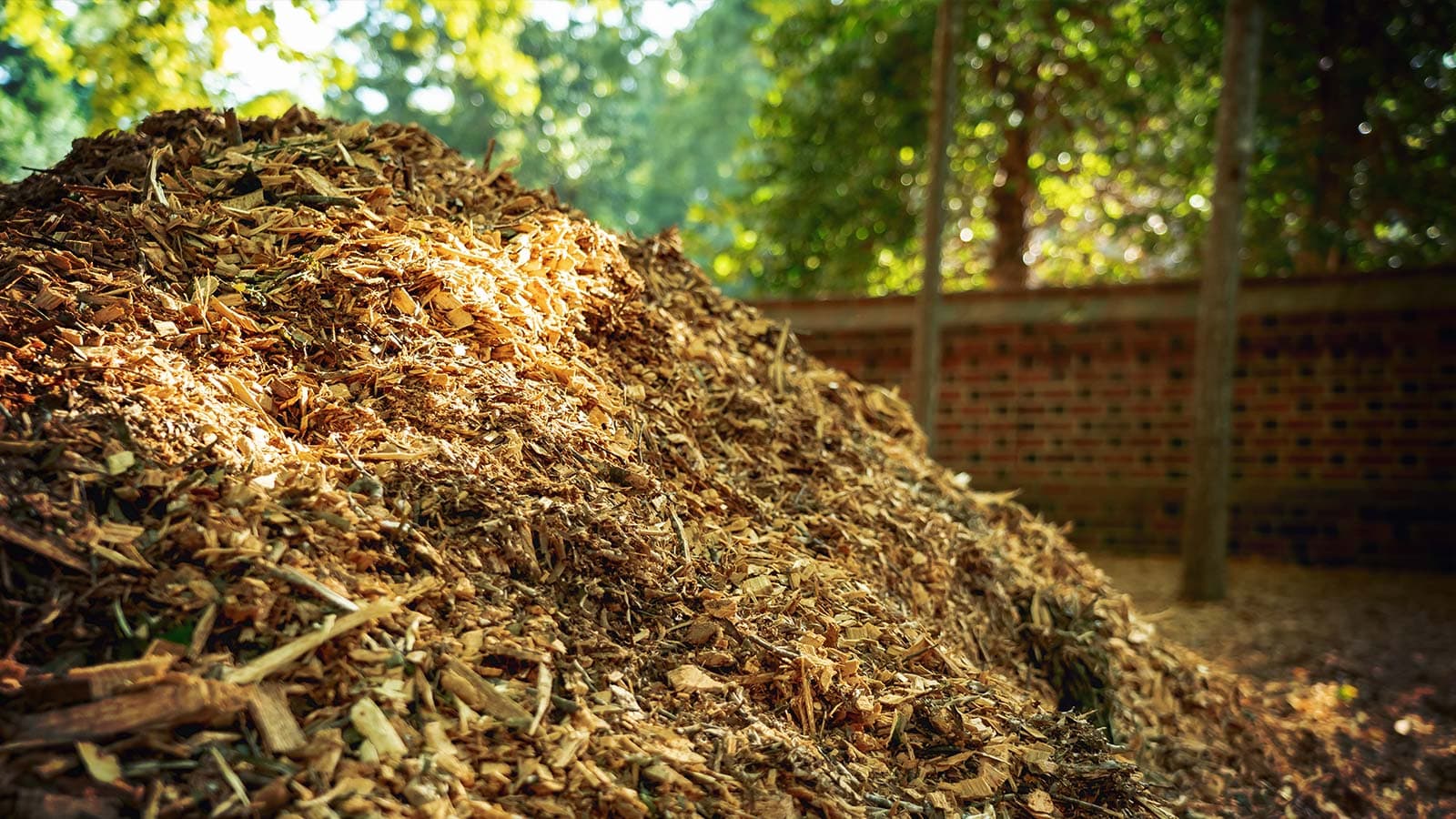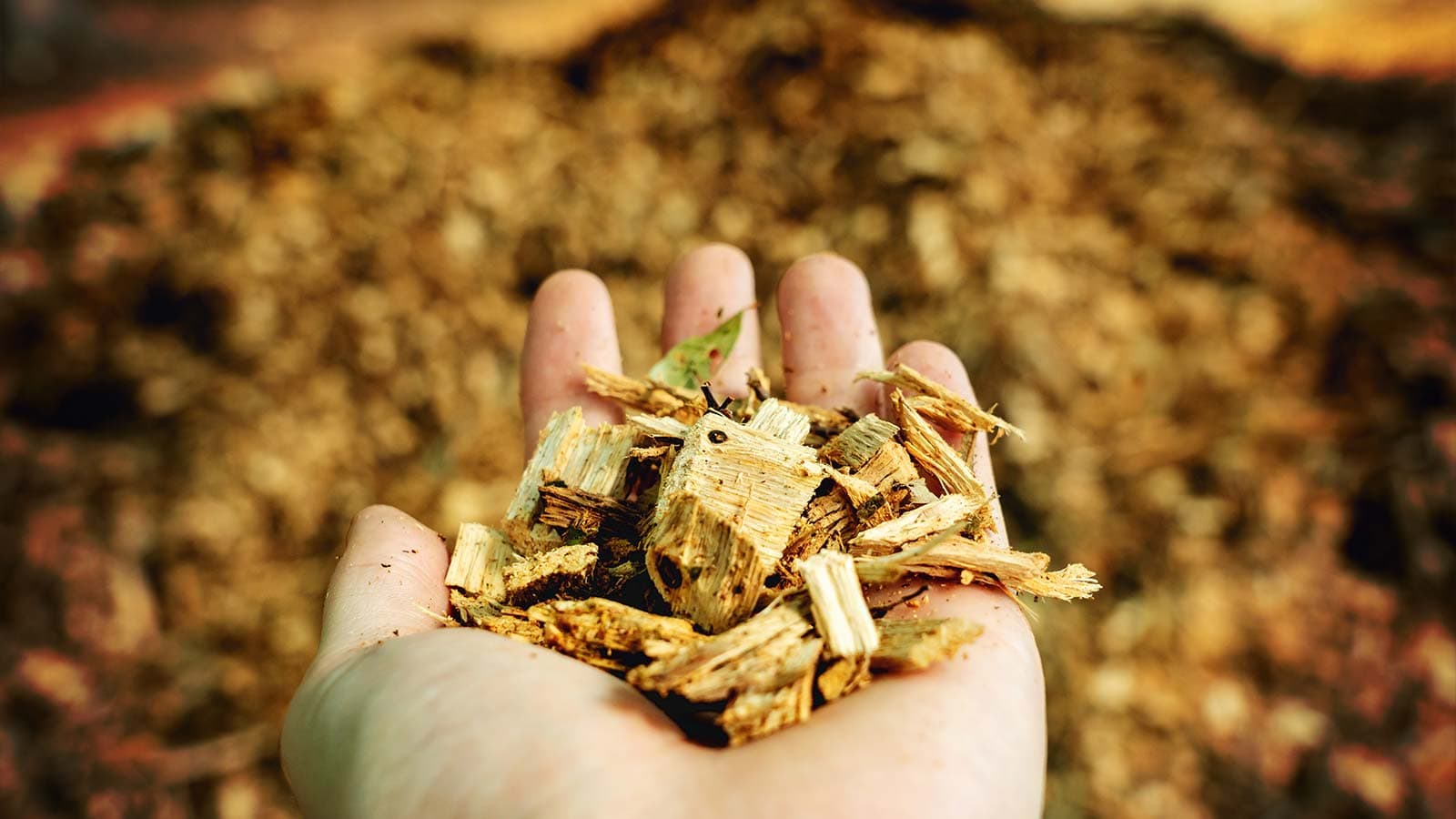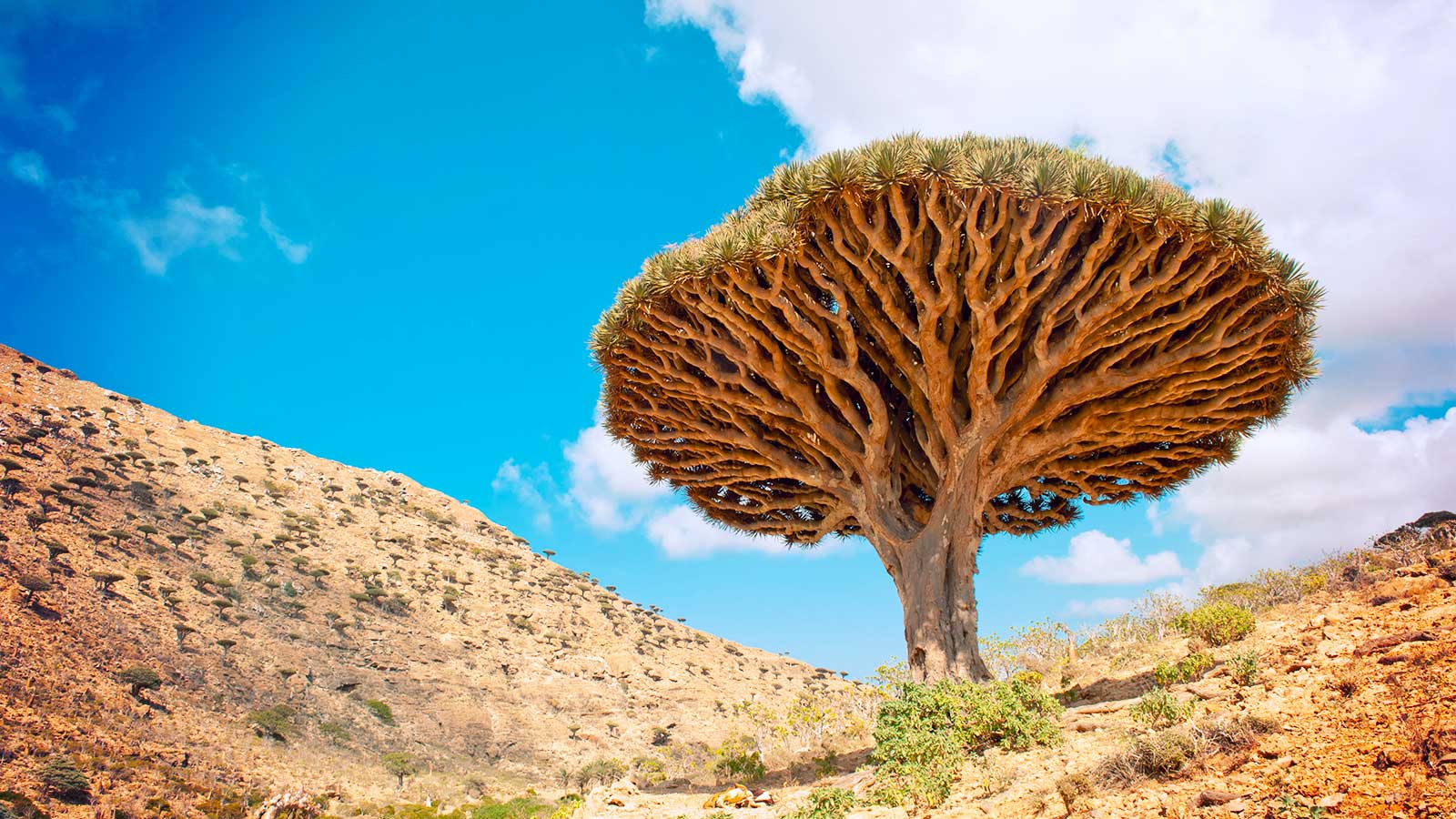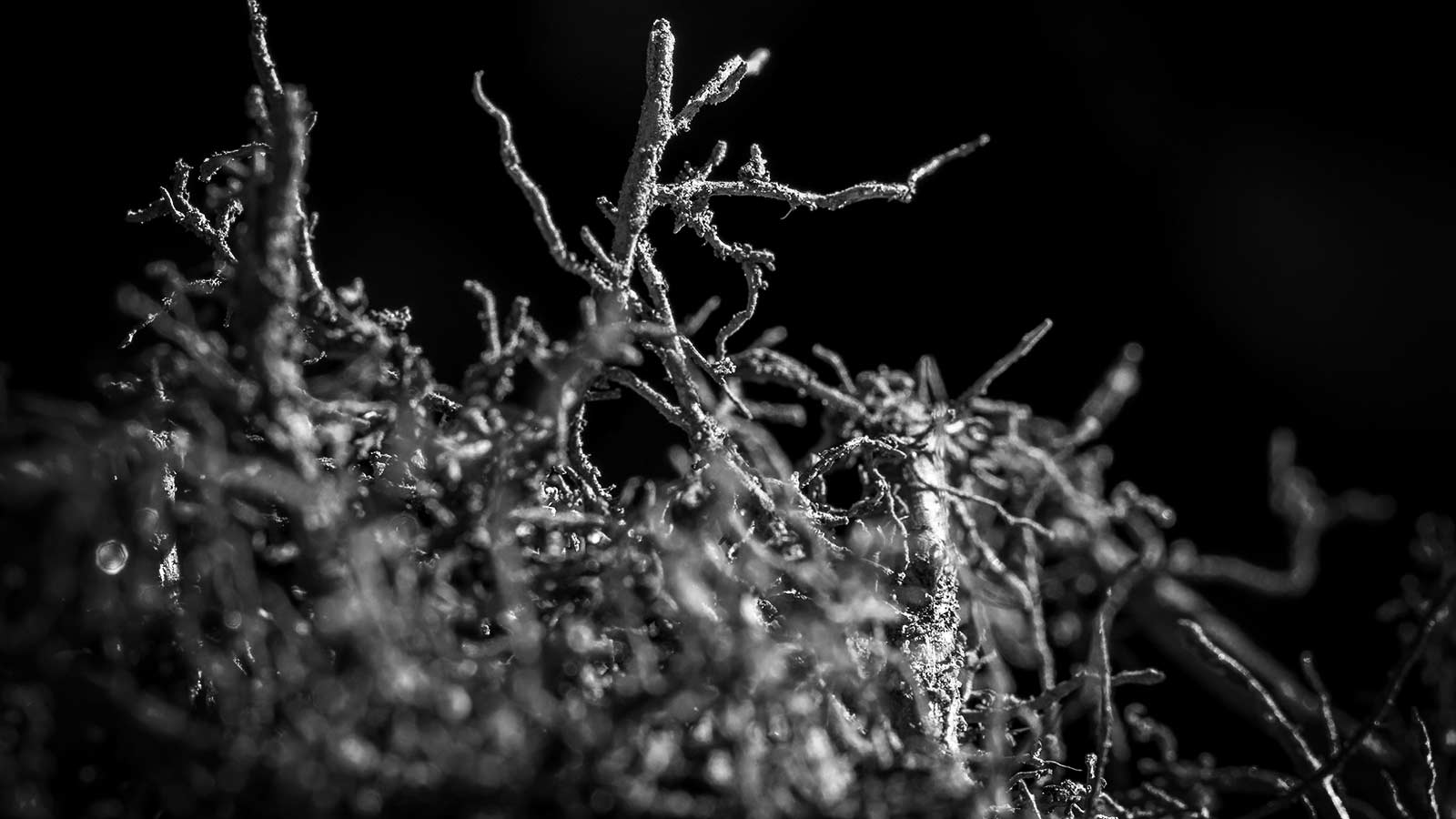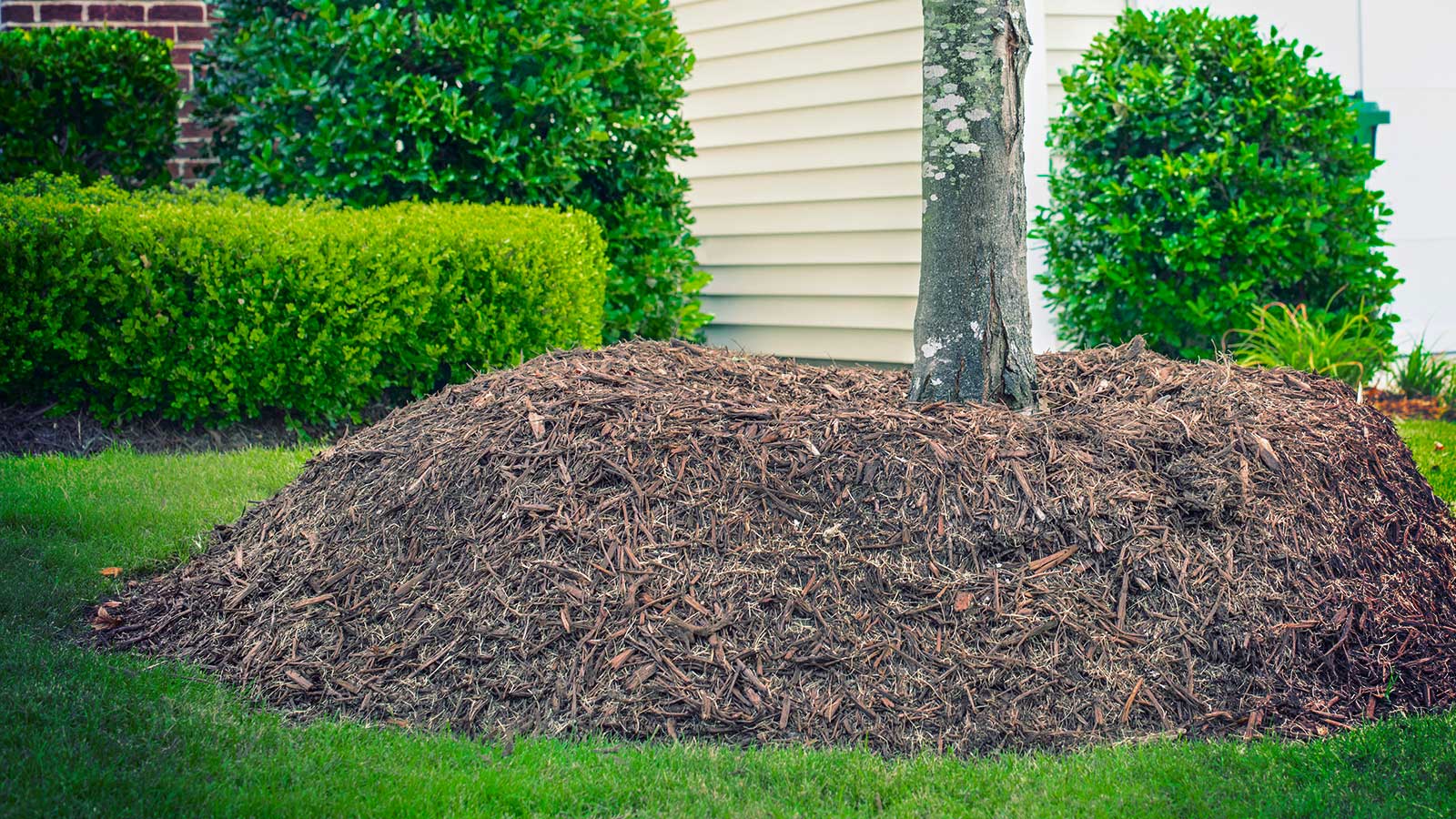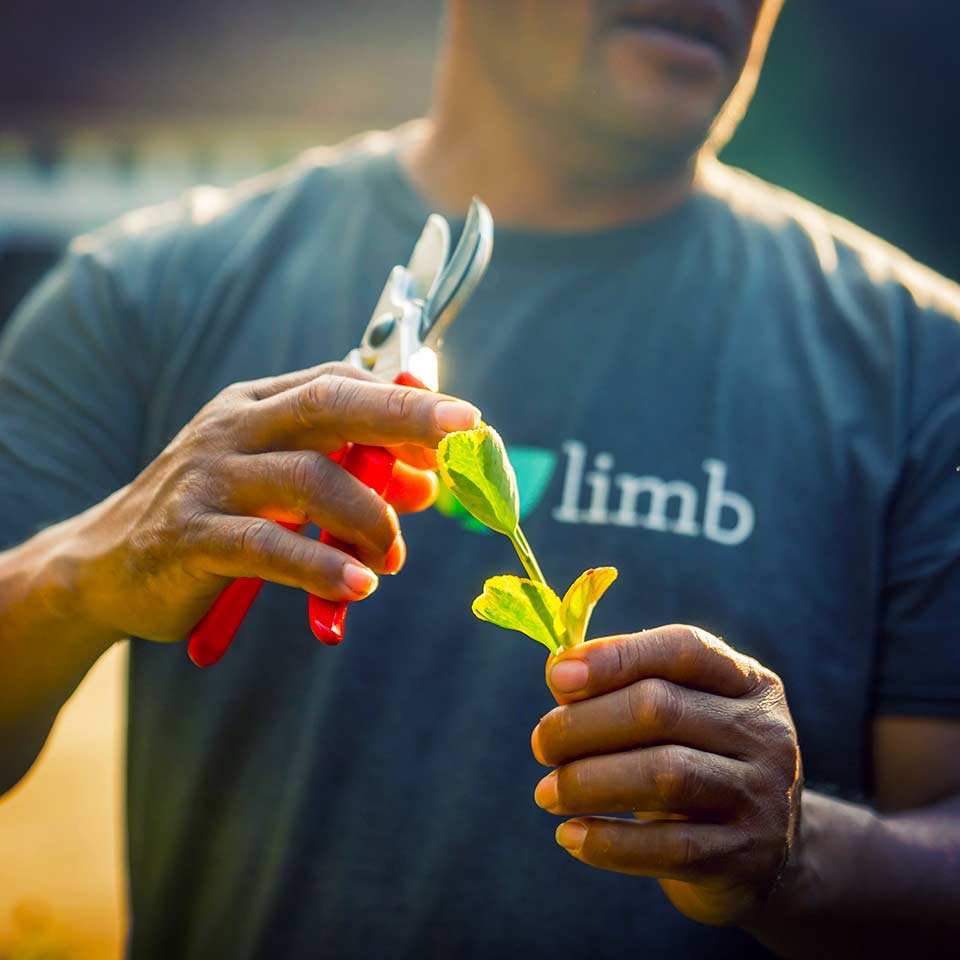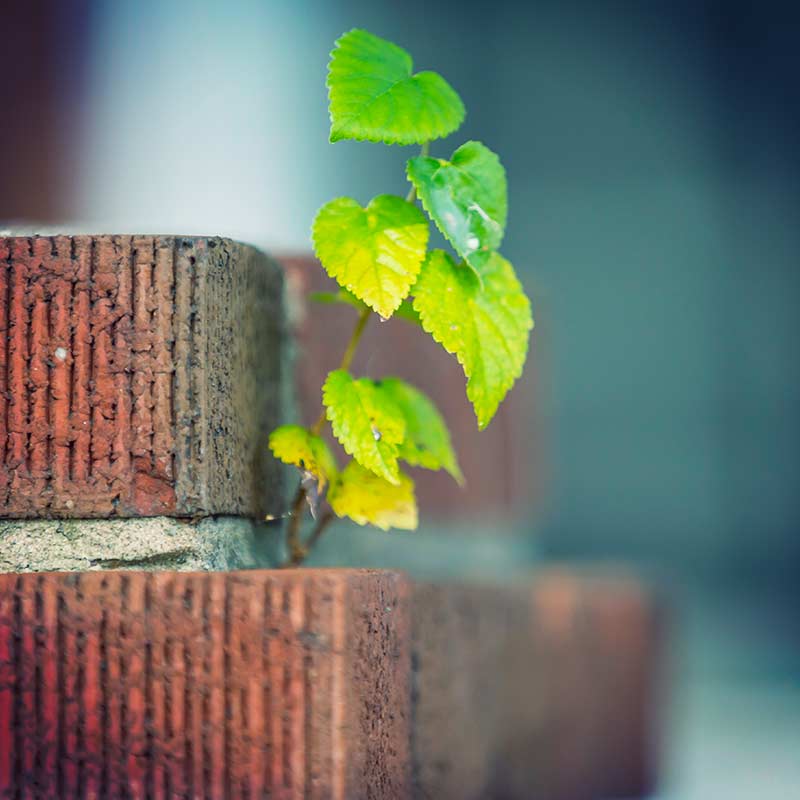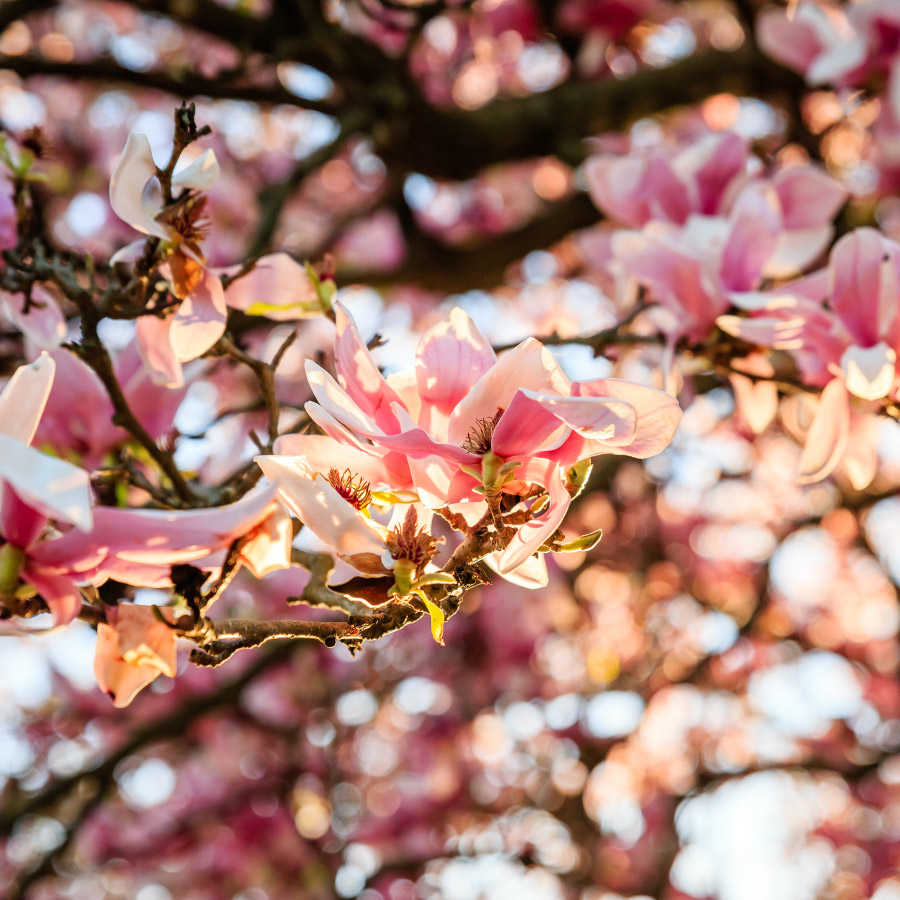Strength in Numbers: The Basics of a Pocket Forest
These densely planted mini forests provide a variety of benefits and are easier to maintain than traditional lawns.
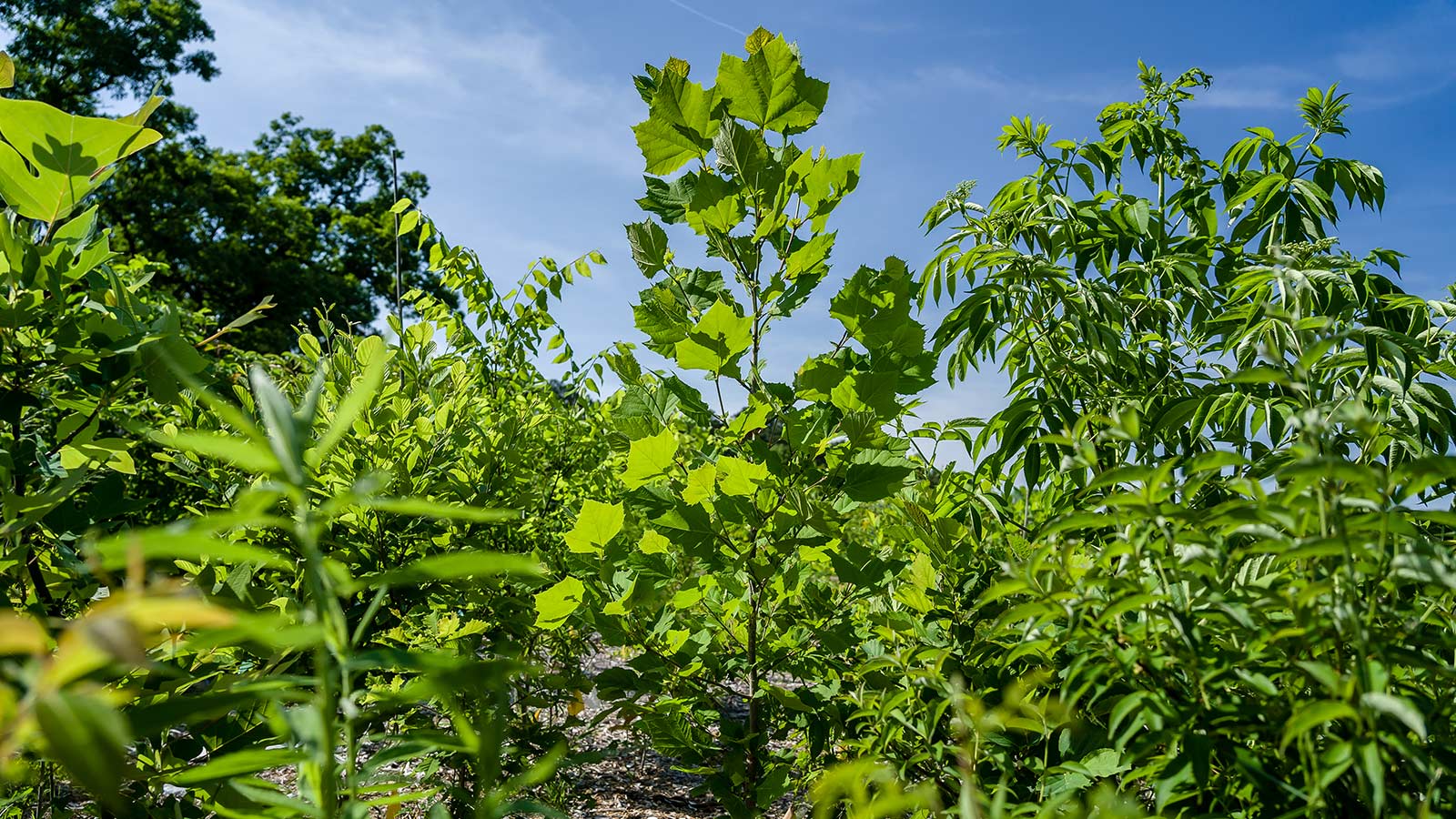
A high density forest is a collection of trees and shrubs planted closely together. We call these Pocket Forests. These awesome plant ecosystems can include over 50 different species in one compact space! While the trees that make up a Pocket Forest will vary based on location and site conditions, the benefits remain the same. Pocket Forests accumulate carbon, reduce water runoff, create healthy soil, and provide a foundation for an abundance of life.
As a bonus, they are easy to plant and save time and money, particularly on maintenance costs.
Sound great? We think so too, but, because this is an entirely new approach to planting, we want to walk you through the basics. We will cover how much space is needed, how we select the species of trees, some essential things to consider before planting, how to install, and what to expect during the first few years.
How much space is needed?
You do not need a large property to install a Pocket Forest. They can flourish in as little as 200 square feet. You can plant saplings next to houses, offices, and other buildings. As they grow, the root systems will not break building foundations or underground plumbing. Read more about why it is a myth that roots damage property. Branches won't be a problem either. They generally want to grow towards the sun, not a building. You can easily prune those that do grow towards a building.
You can install a Pocket Forest anywhere you would have previously planted an individual tree or multiple trees. They can also fill in open, unused spaces on properties – especially those in corners and along property lines.

What should I plant?
The combination of plants you choose can be as complex or simple as you like; they just need to be 1- to 2-year-old native tree and shrub saplings. At Leaf & Limb, we developed our list of plants based on research, historical records, our preferences, and experimentation. Even after extensive research, it is tough to nail down the specifics of a particular forest ecosystem, especially here in the Piedmont of NC, where most areas have been clear-cut at least once over the past 300 years. In short, when it comes to choosing your species, you have a lot of leeway in the plants you choose for a Pocket Forest. It's just important to remember that they must be native to where you are planting them.
What should I know before I start planting?
This step is similar to what you need to know before you start any planting project. First, evaluate the site conditions, including the soil quality and amount of sun exposure. Then go back to your list of plants and confirm that those trees and shrubs will work for that area. You can learn more about choosing the right tree for the given place.
Alternatively, if all of this sounds like too much, just pick some native species of your choosing and get started! The site conditions will naturally favor certain species over others.
How do I plant a Pocket Forest?
Once you've decided which trees to use, you will need to either grow your own trees from seed or work with a nursery that provides native saplings.
A Pocket Forest should be installed during a dormant season to allow the plants plenty of time to establish. The earlier they are planted in the dormant season, the more likely they will survive and thrive.
Here are the basics of planting a Pocket Forest:
- Measure your available space. Any shape is fine. How much square footage do you have available? Divide the square footage by four, and that result is the number of saplings you need to grow or buy.
- Start killing vegetation. This is very important – inadequate control over existing vegetation can severely stunt a high density planting project.
- Prepare the planting bed. If this is not already part of your strategy for killing vegetation, lay down layers of cardboard, 1-2 inches of leaf mold or leaf compost, and 2-4 inches of arborist wood chips several months in advance. This will help foster healthier soil and create better planting conditions for the new Pocket Forest.
- Procure plants. If you are growing your own, this must begin one year in advance. If you are buying plants, we recommend contacting the nursery/grower several months in advance to ensure they have adequate supplies and that you can purchase what you need.
- Start planting. On installation day, plant your saplings approximately 2 feet from one another. You can space them further apart if you would like, but we recommend no more than 4 feet of spacing between plants. All you need to do is drive a shovel into the ground, open a wedge, and place the saplings into the wedge with roots facing down. Then press the hole closed with your hand or foot. Be random: Do not plant neat rows or plan what is going where in advance. Read more about planting saplings.
- Keep track. Putting markers (e.g., surveying flags, bamboo stakes) next to each plant is a very important step. Knowing where each tree is planted will help when measuring mortality, making observations, and, most importantly, when removing invasive plants and weeds. You want to avoid accidentally removing a sapling.
- BONUS: Kickstart soil health. Add compost tea or leaf compost. Read more about compost tea and why you should leave the leaves. Each of these can be a powerful, beneficial boost for young saplings.
Thickets too!
Native thickets provide food and shelter for all sorts of insects, birds, and other small non-humans. If our goal is to increase the diversity of life within the suburban setting, then thickets can help! They are also great for creating privacy screening and erosion control. We can use the exact process described above to create thickets. The only difference is that we use shrubs instead of trees.

What should I expect in the first few years?
The great news is that once you have planted your trees, you only need to prevent invasive and aggressive trees, vines, and shrubs from taking over. During the first three growing seasons, cut and pull these out.
Bonus — it’s not necessary to water your Pocket Forest! Yes, some plants will die, and that is OK. If you have the time and resources to water and want to decrease the mortality rate, you could water during the growing season, especially during drought. However, you shouldn't continue to water beyond the second or third growing season.
You do not need to do any mulching, fertilization, pest control, or treatments of any kind. However, you can boost life within the soil by spraying compost tea on the site 1-2 times per year for the first several years.
As the trees mature, we recommend performing structural pruning on all the trees growing on the edges of the group. Those trees will tend to grow lopsided as they reach for available sunlight, which could lead to compromised trunks and branches that could break and damage property or harm passers-by. Structural pruning should be routine maintenance for any tree growing outside of a forest.
Growing Your Own Saplings
Do you want to grow your own saplings, but you aren't sure where to start? Join our volunteer efforts at Project Pando to learn more about seed collection, propagation, and planting.
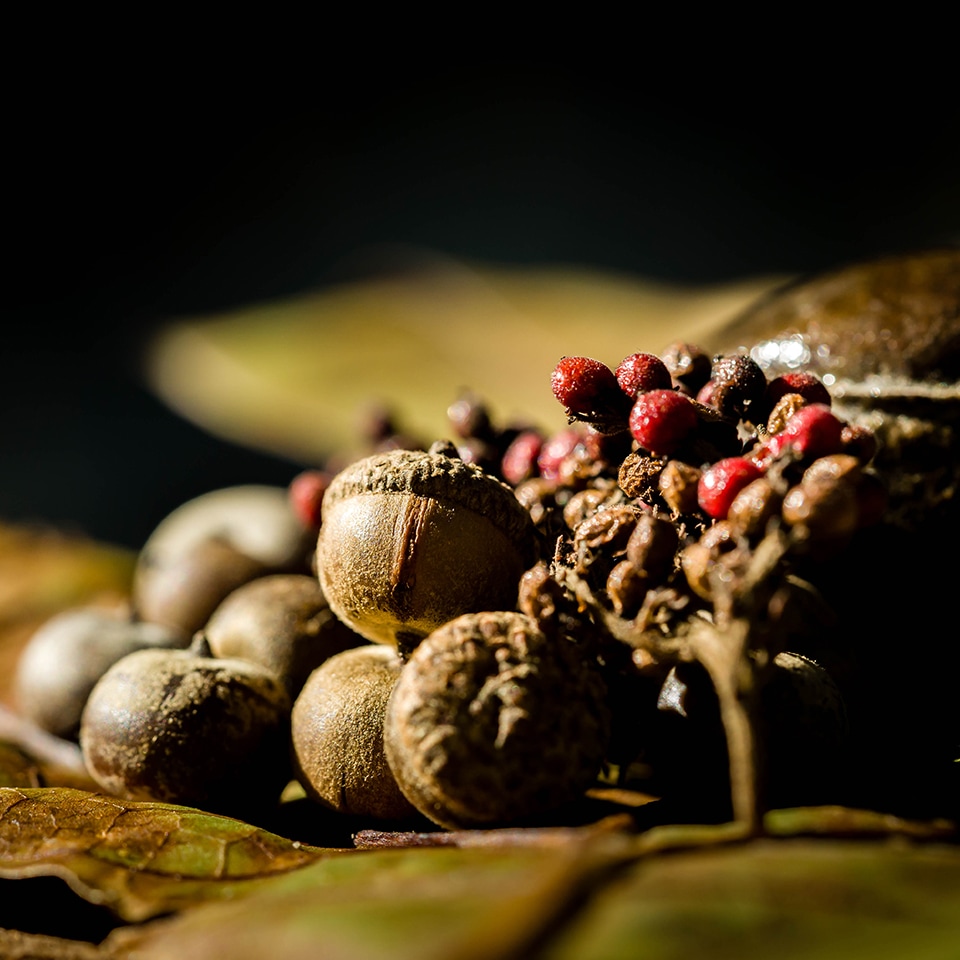
Planting native trees (and shrubs, grasses, flowers, and even vines) is a great way to help heal this planet. This new high density model not only allows us to plant even more trees, but they are easier to maintain than traditional plantings and offer a long list of additional benefits. A process that benefits people and the planet is always a win for us.
Are you interested in a Pocket Forest? Please book a consultation to learn more or send us an email and we’ll be in touch.





